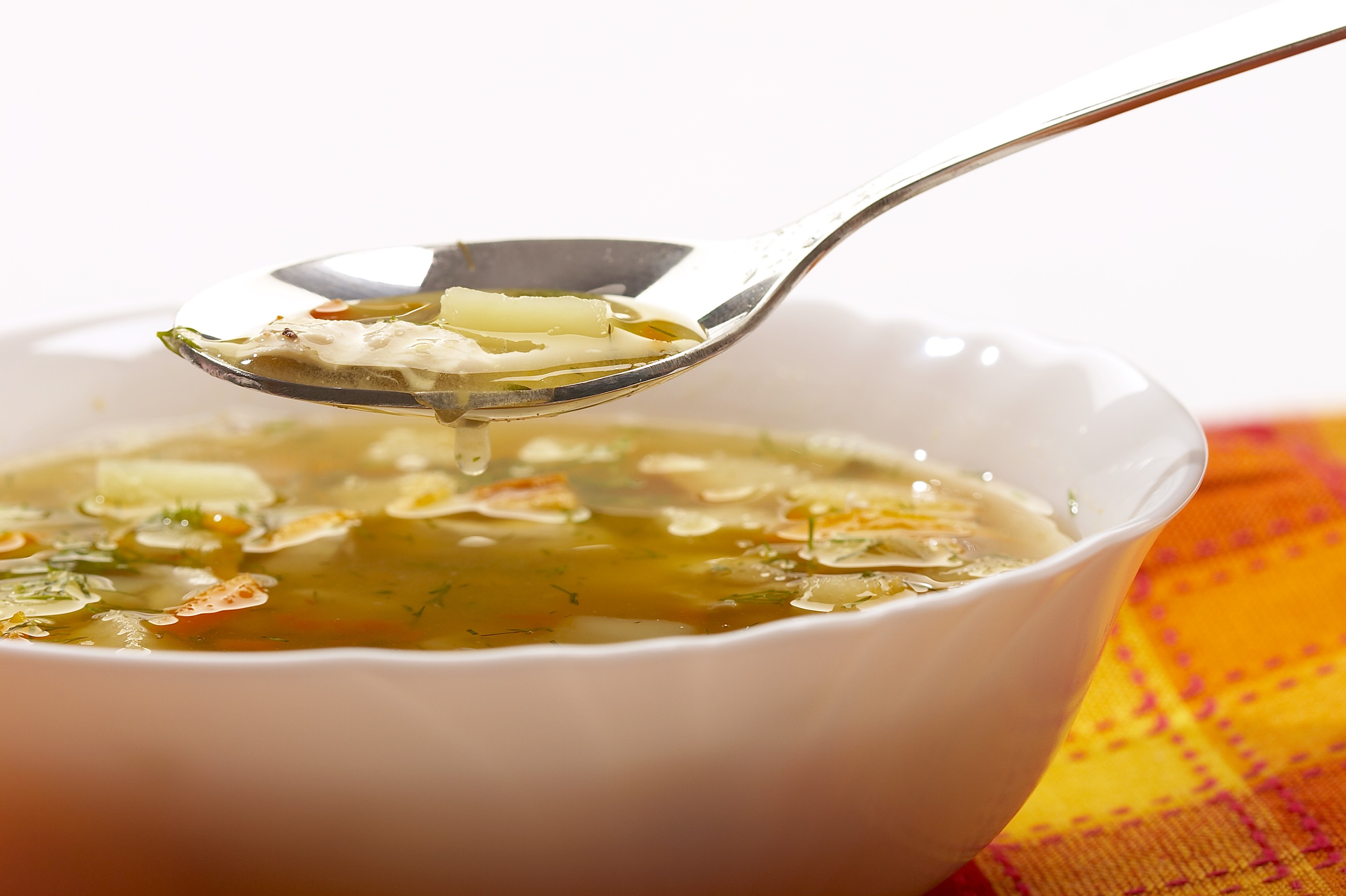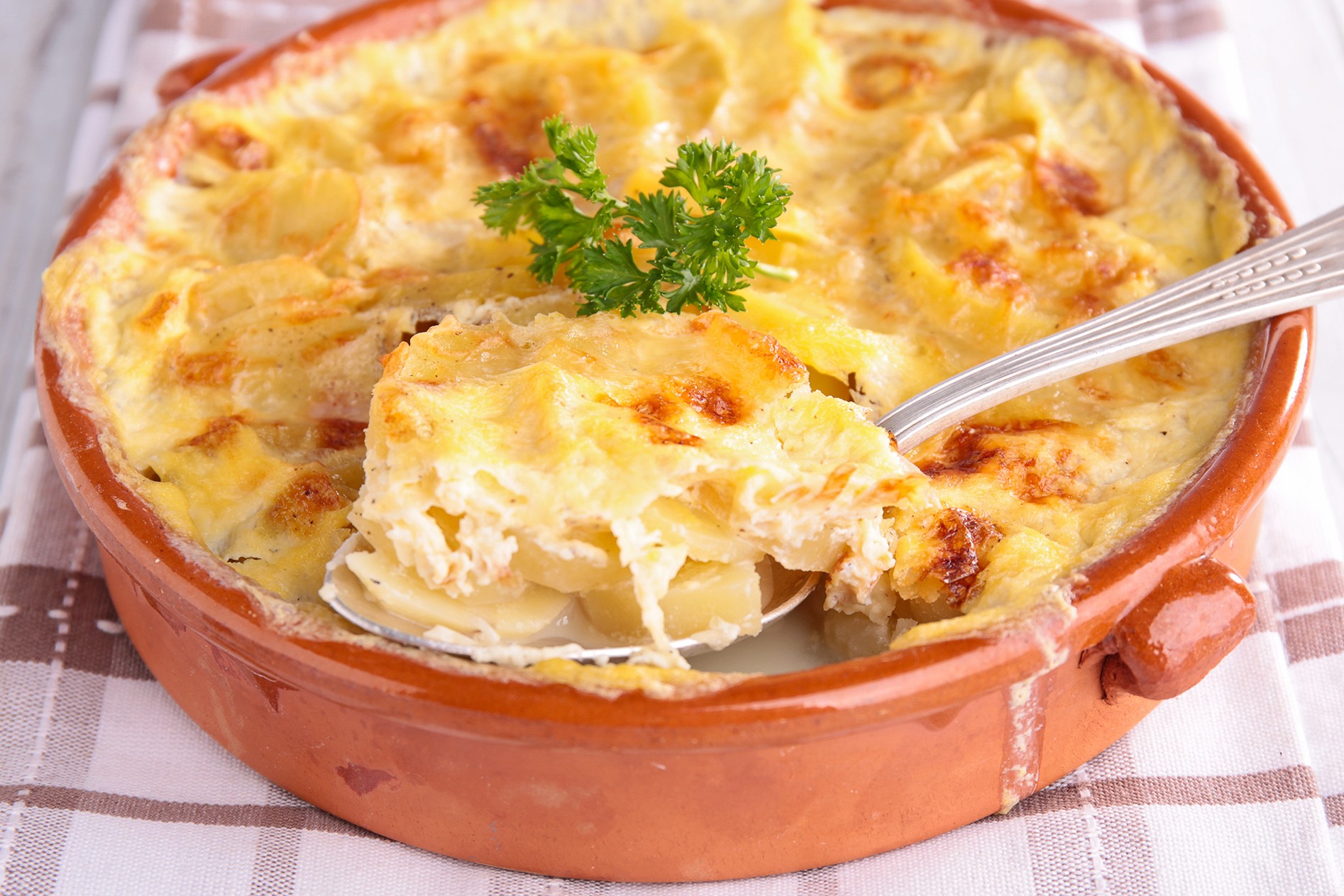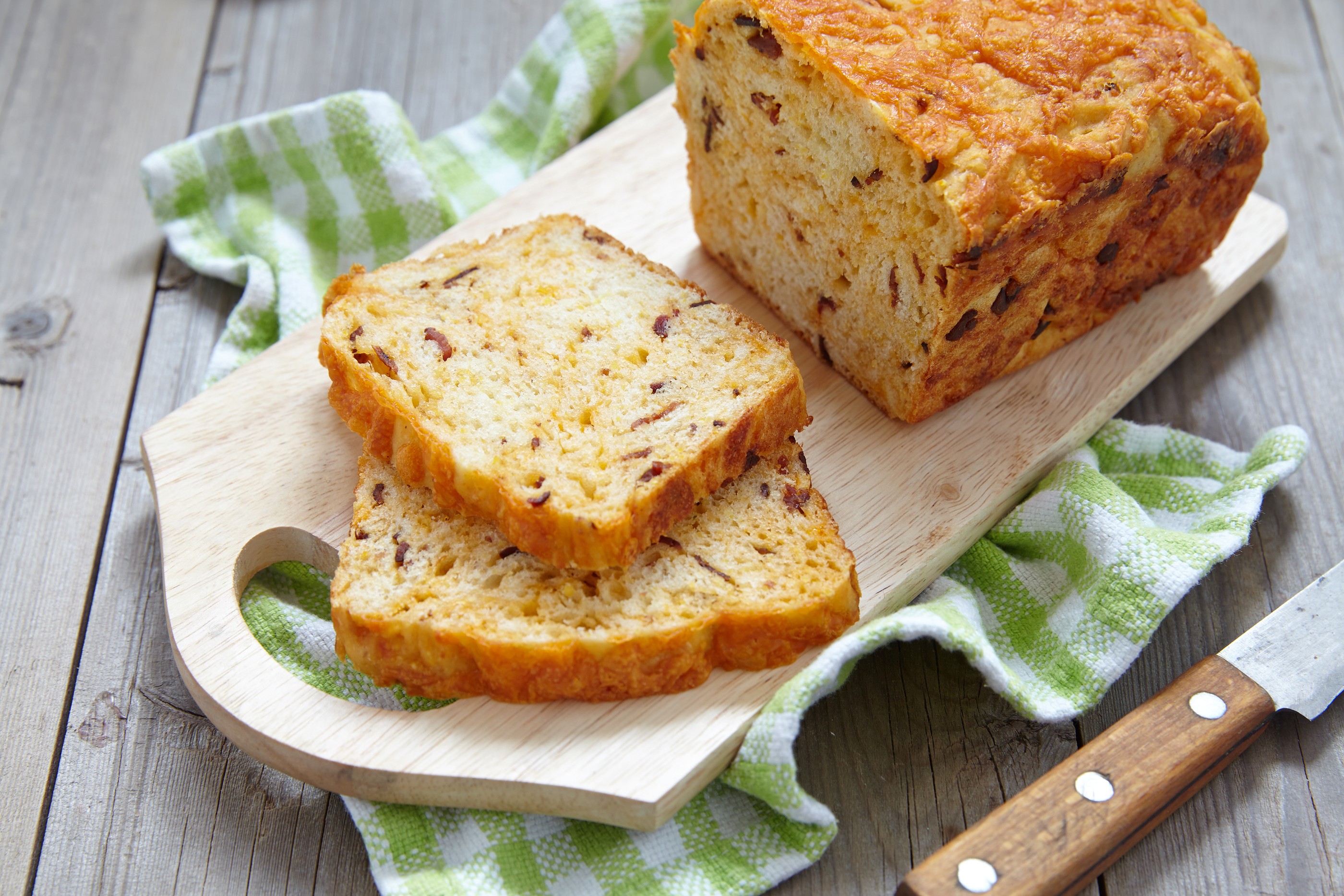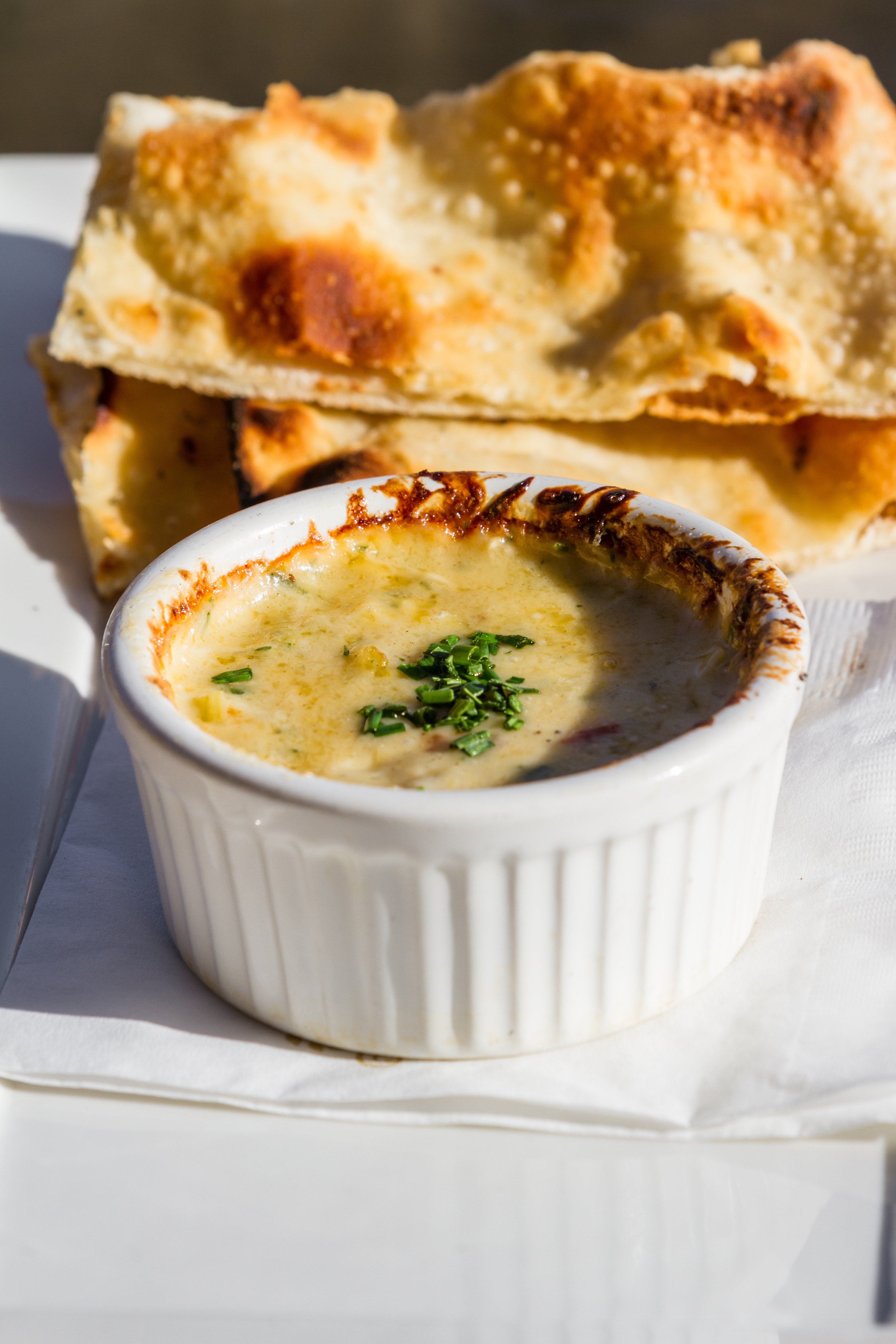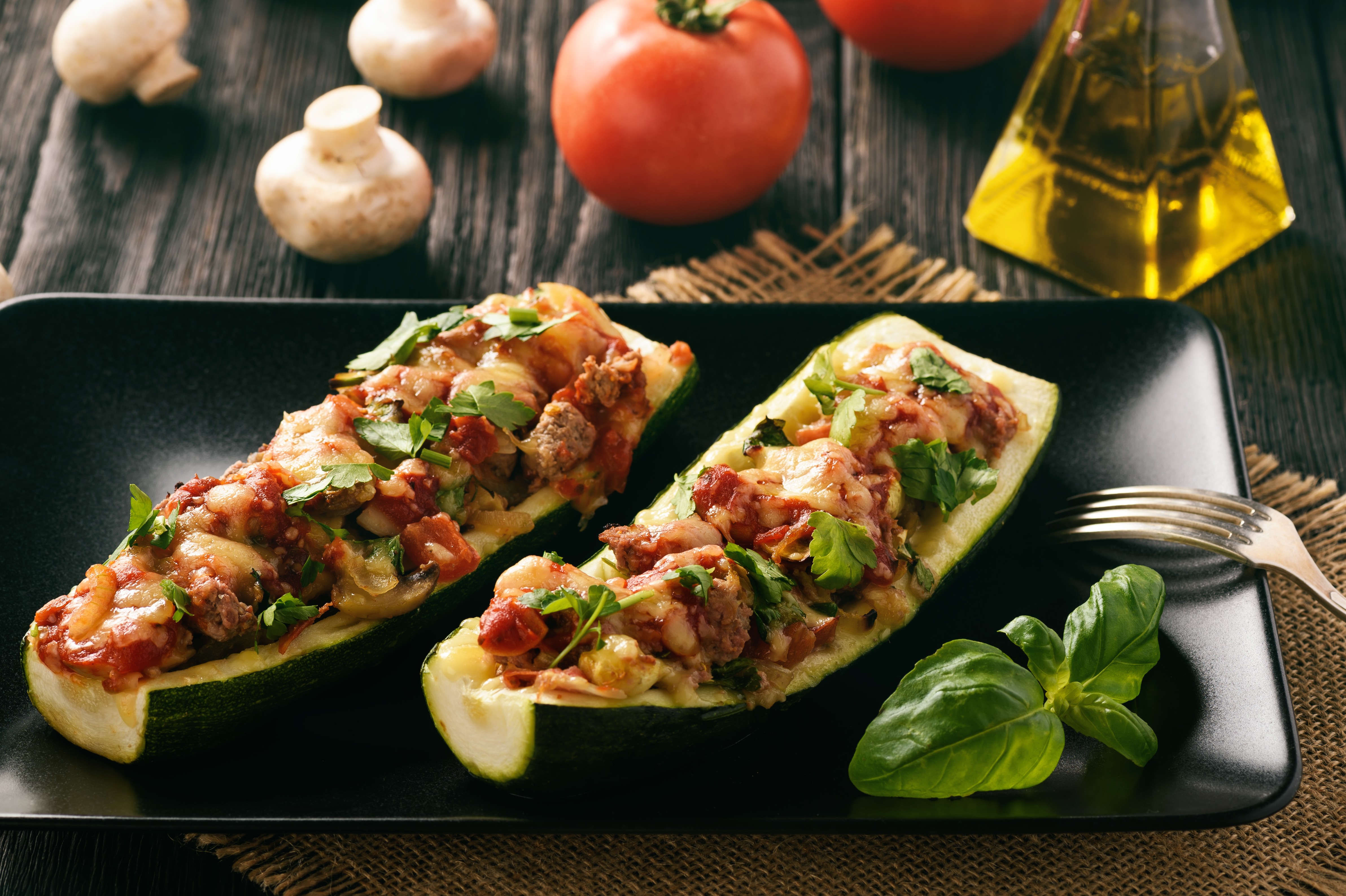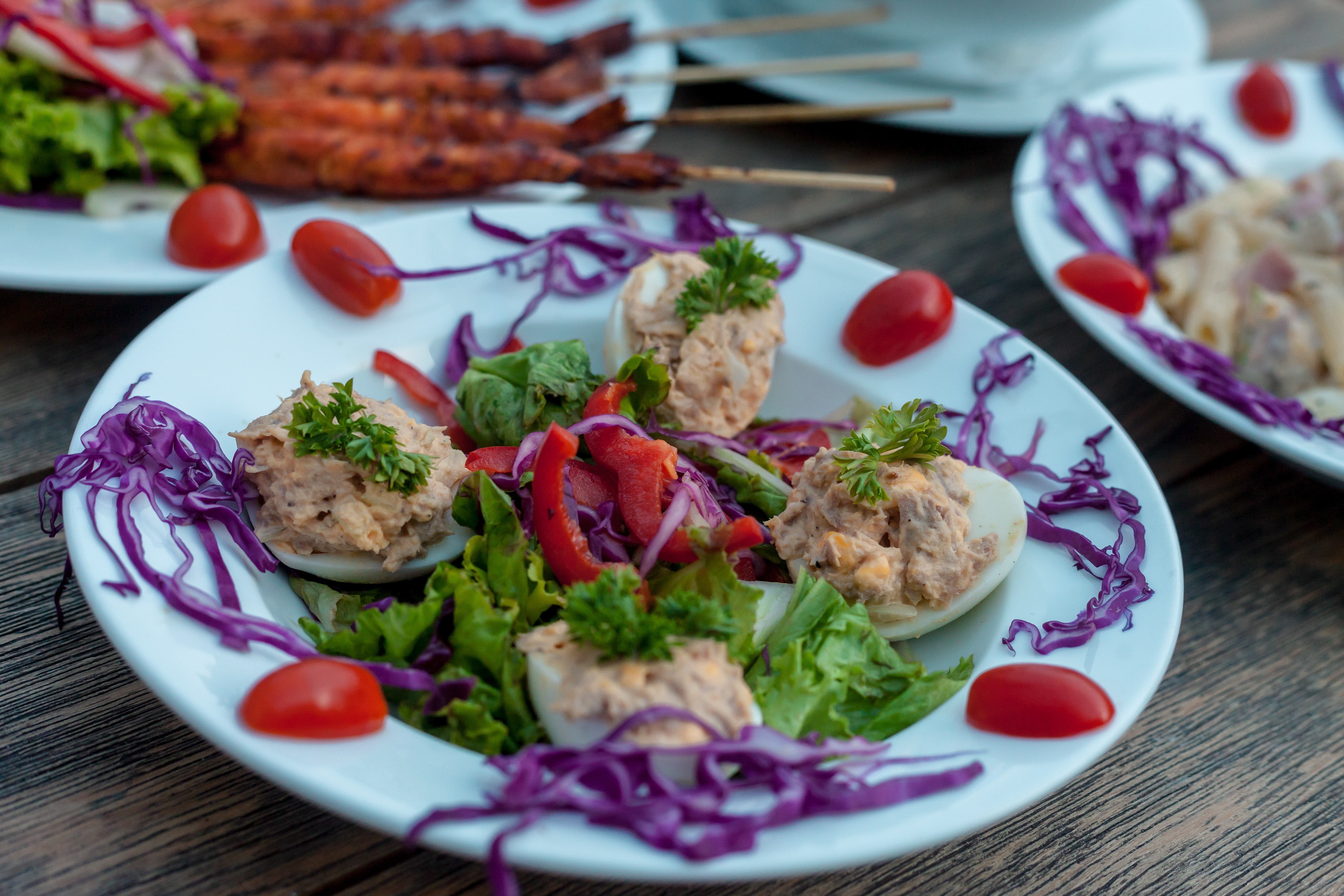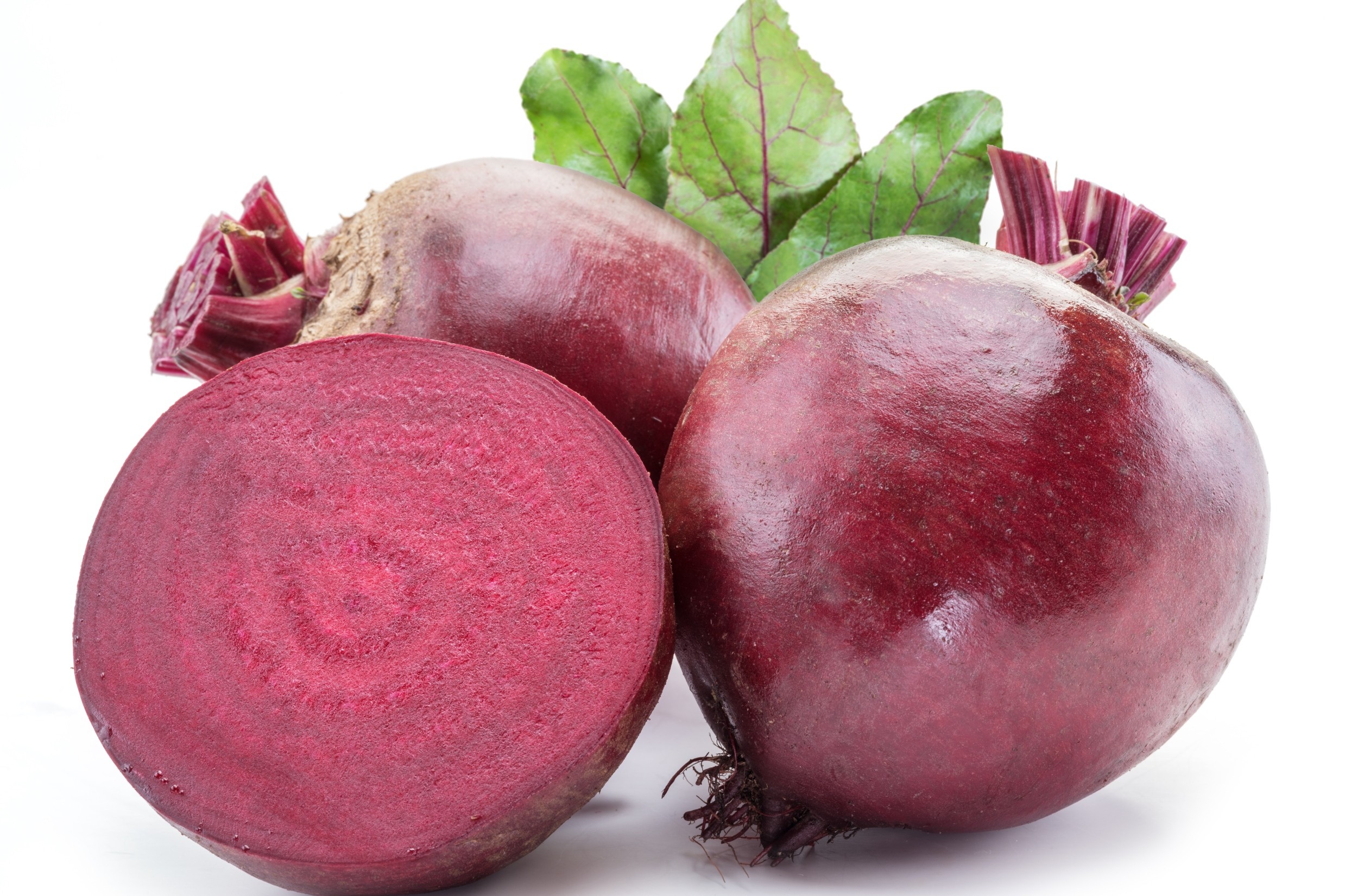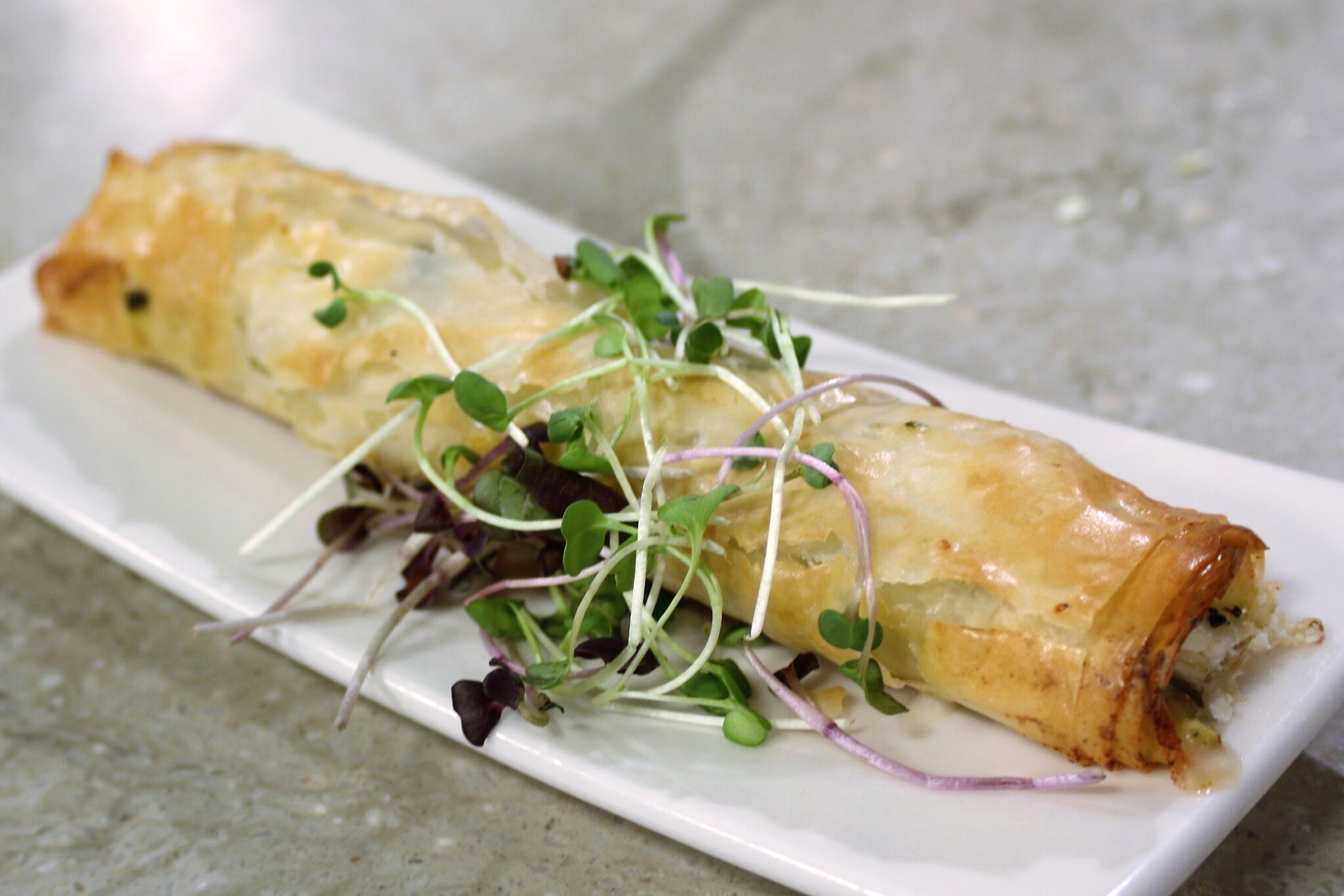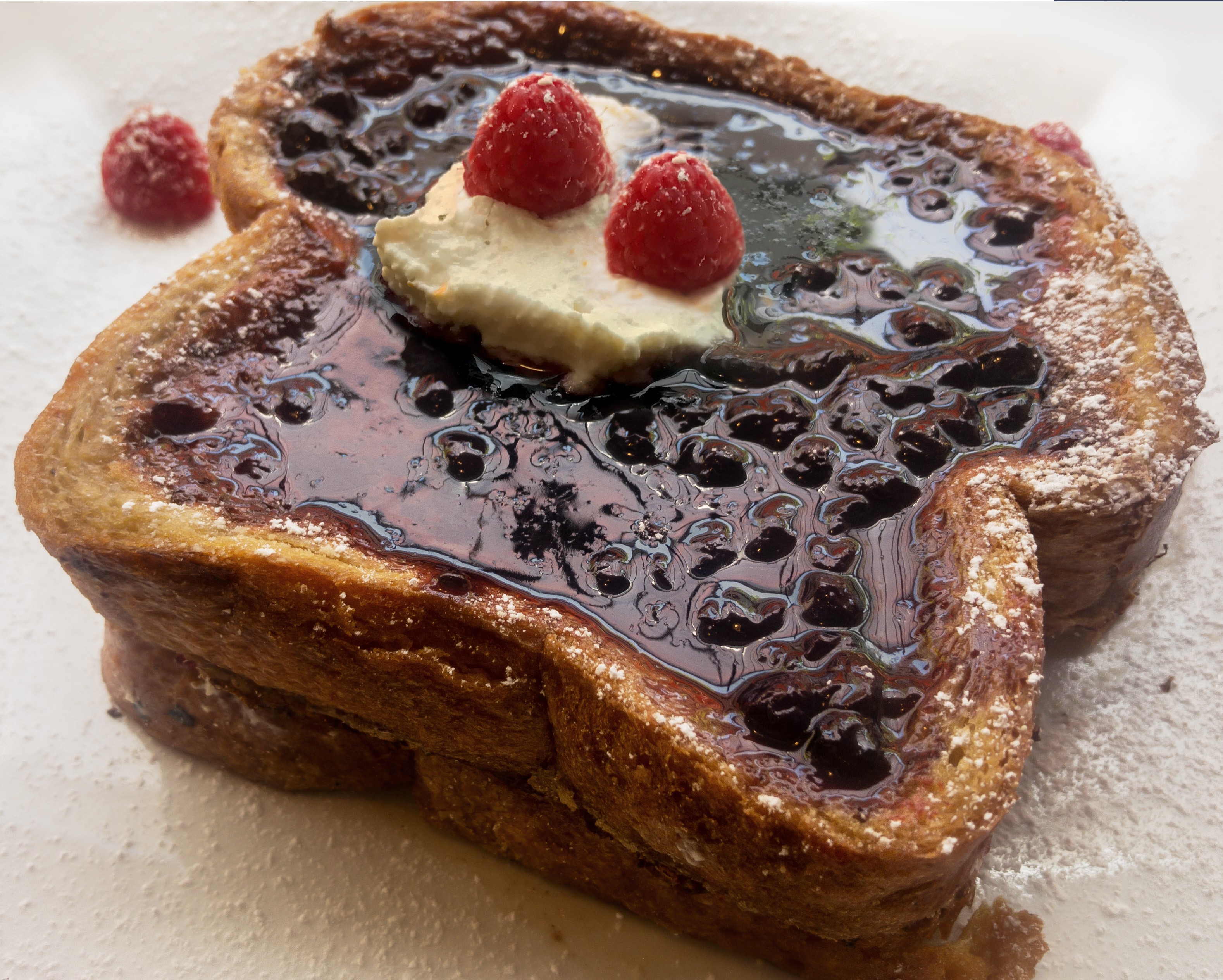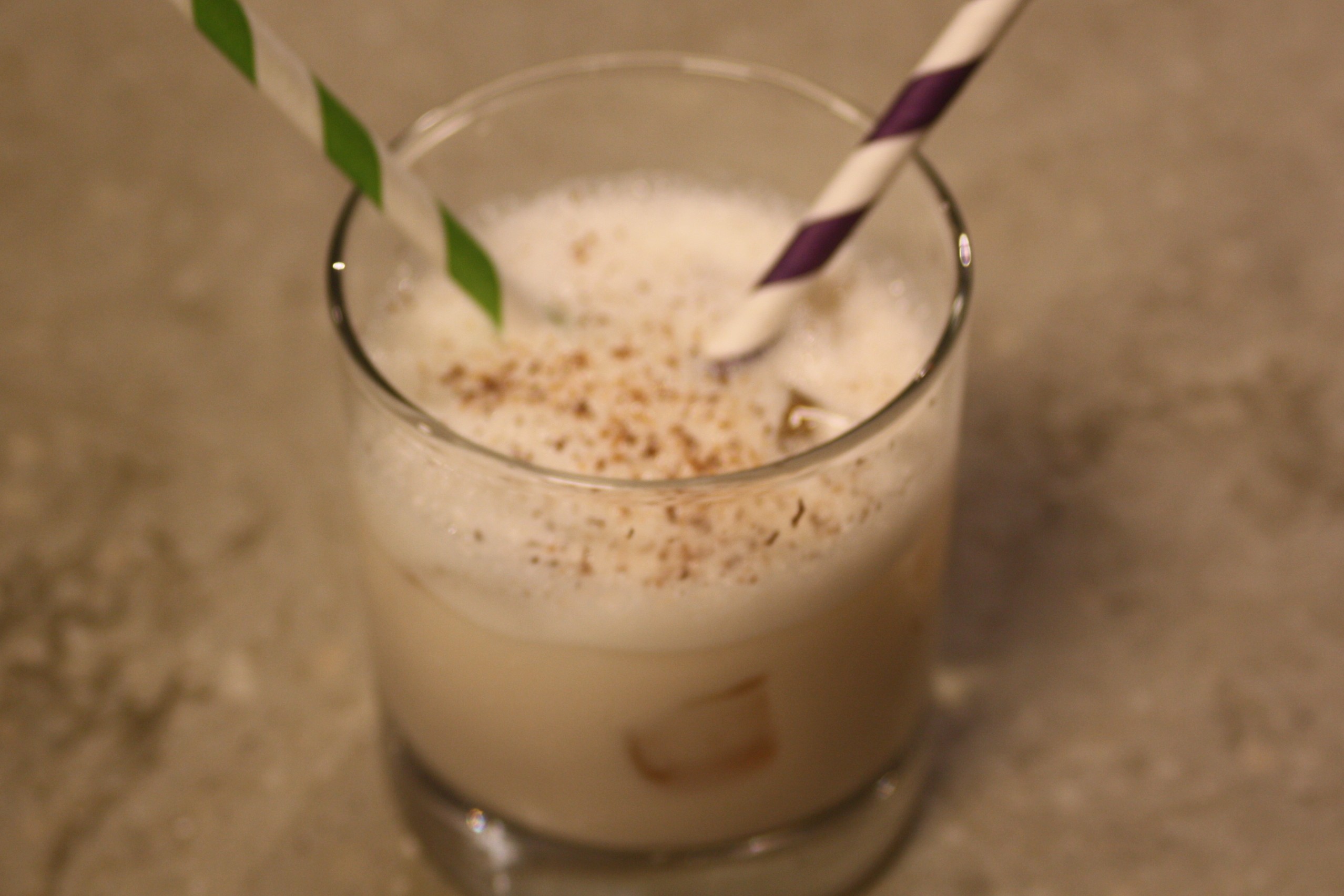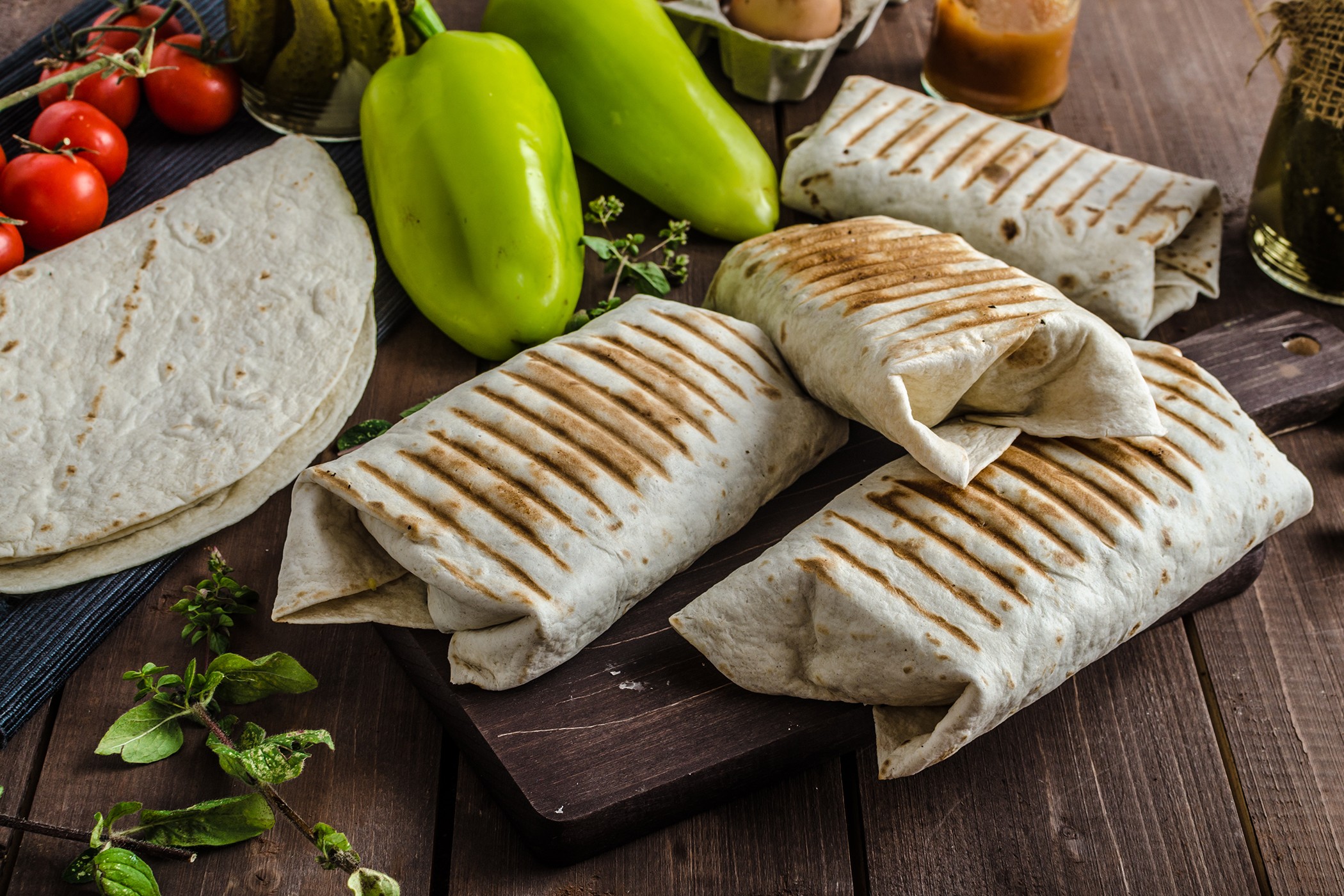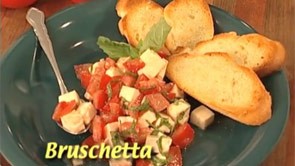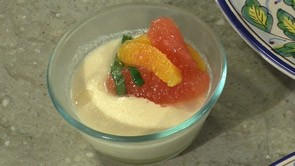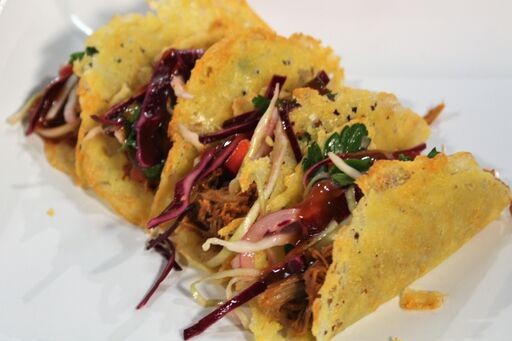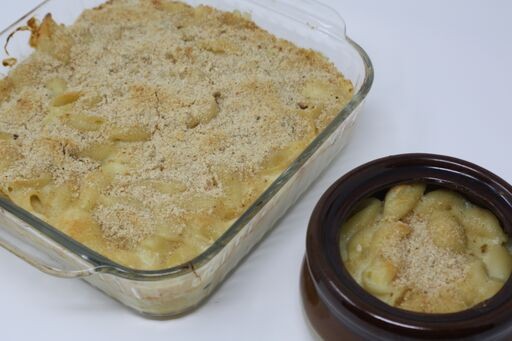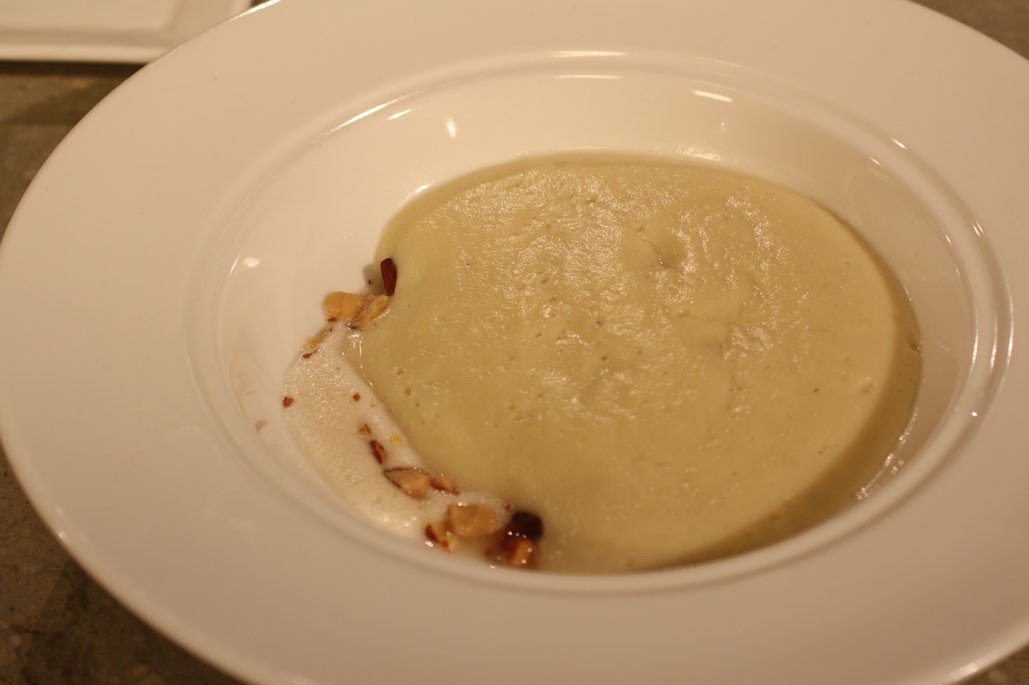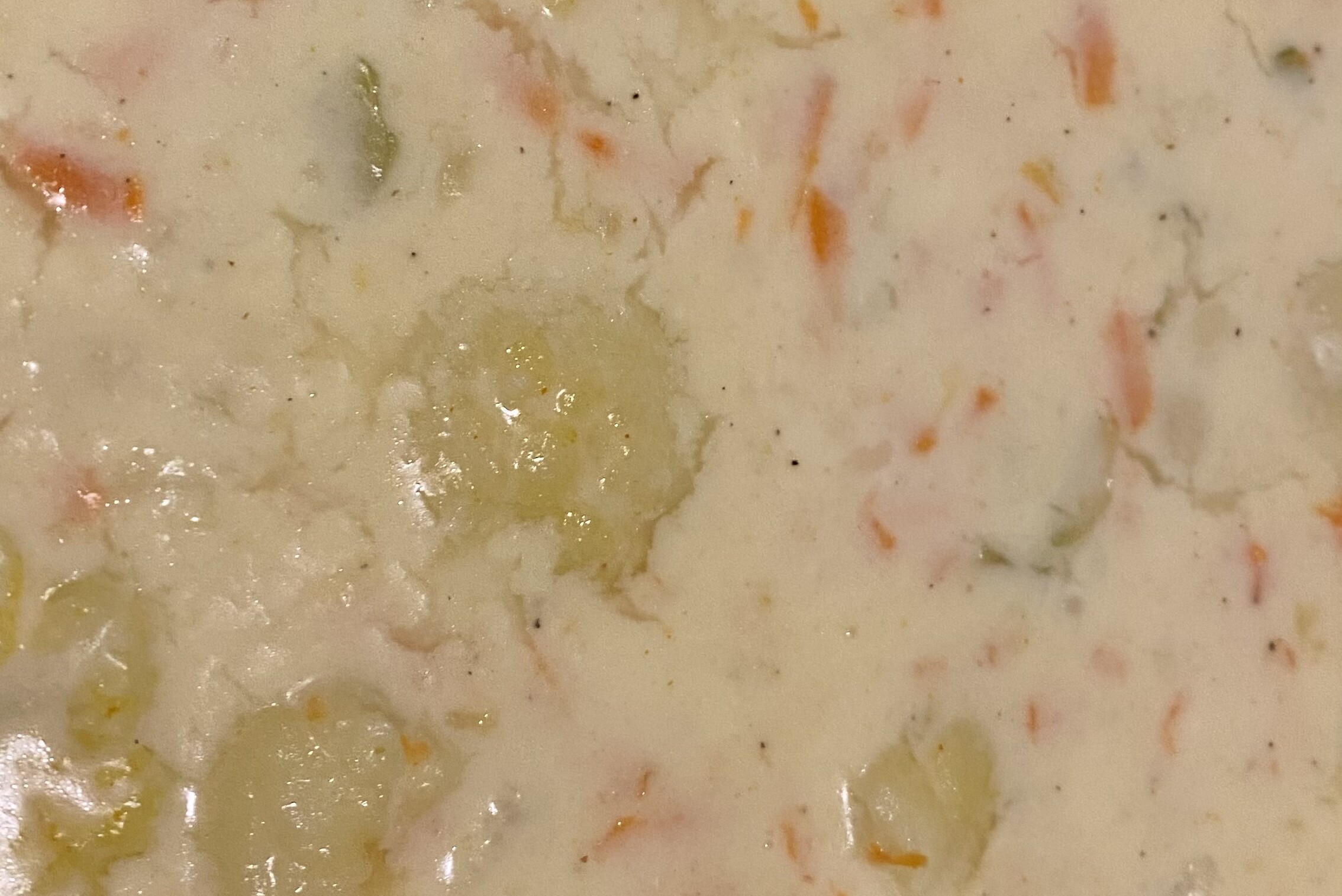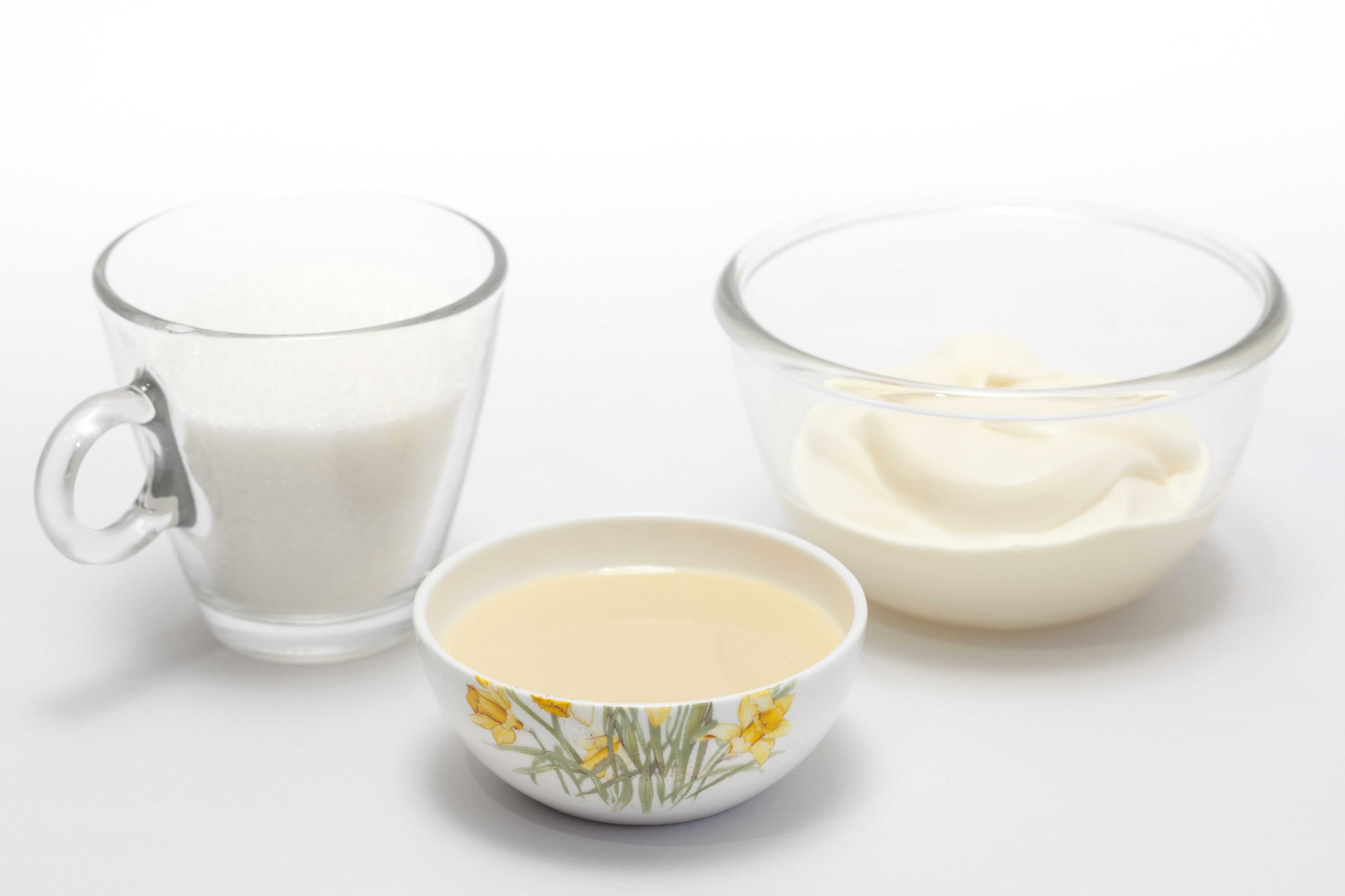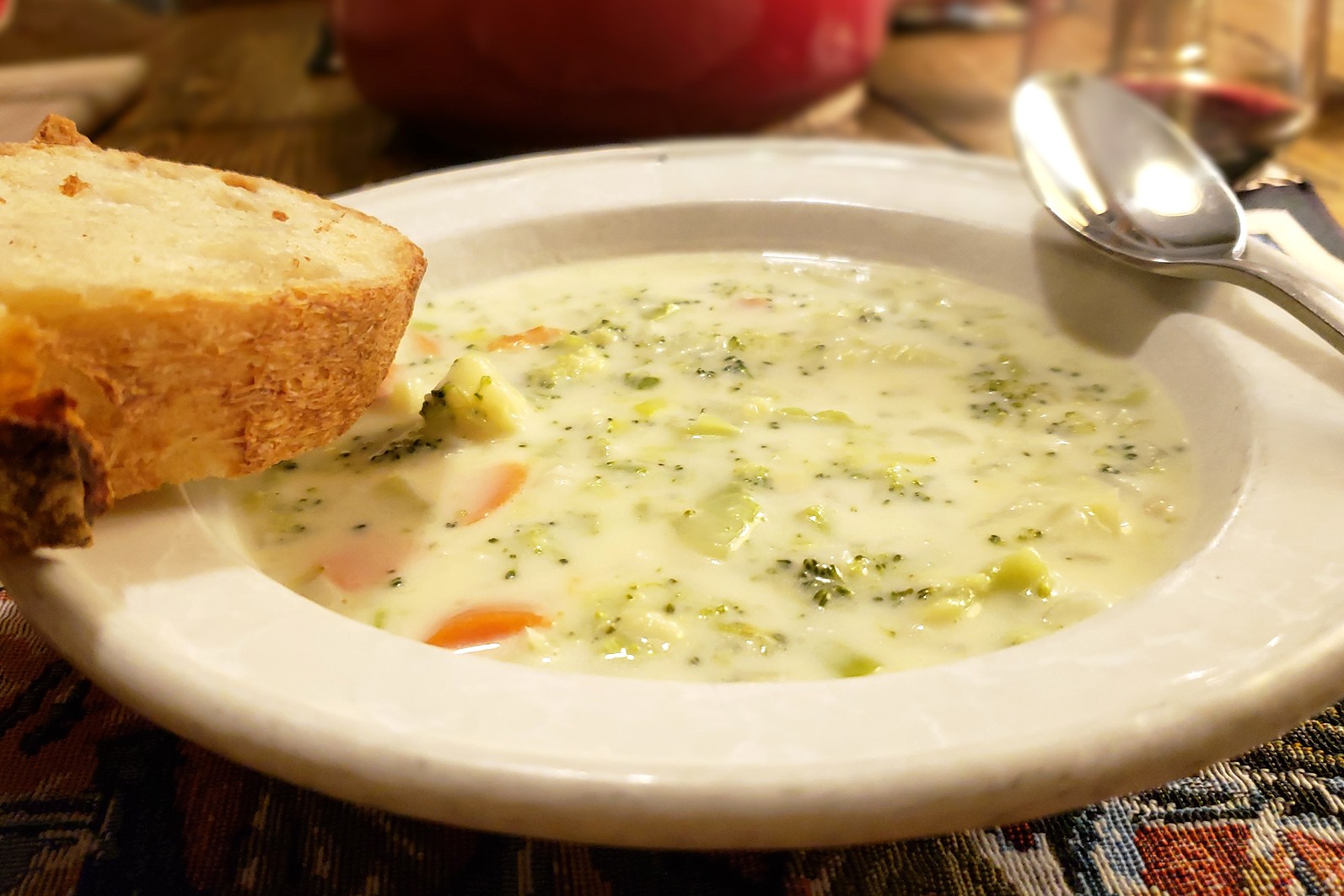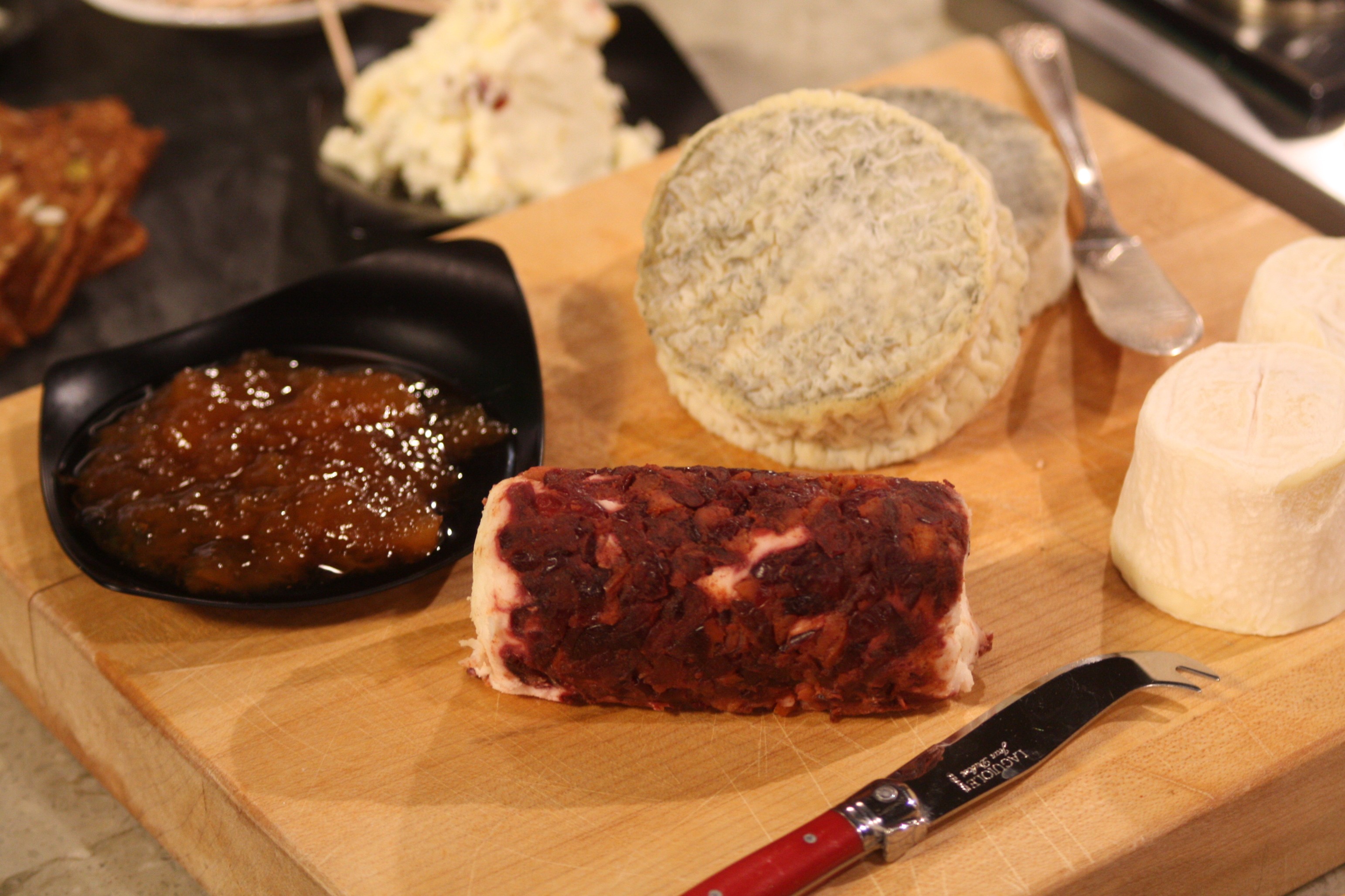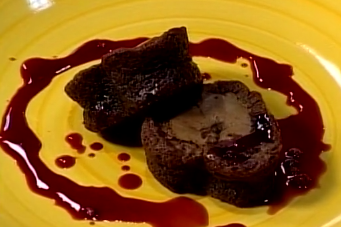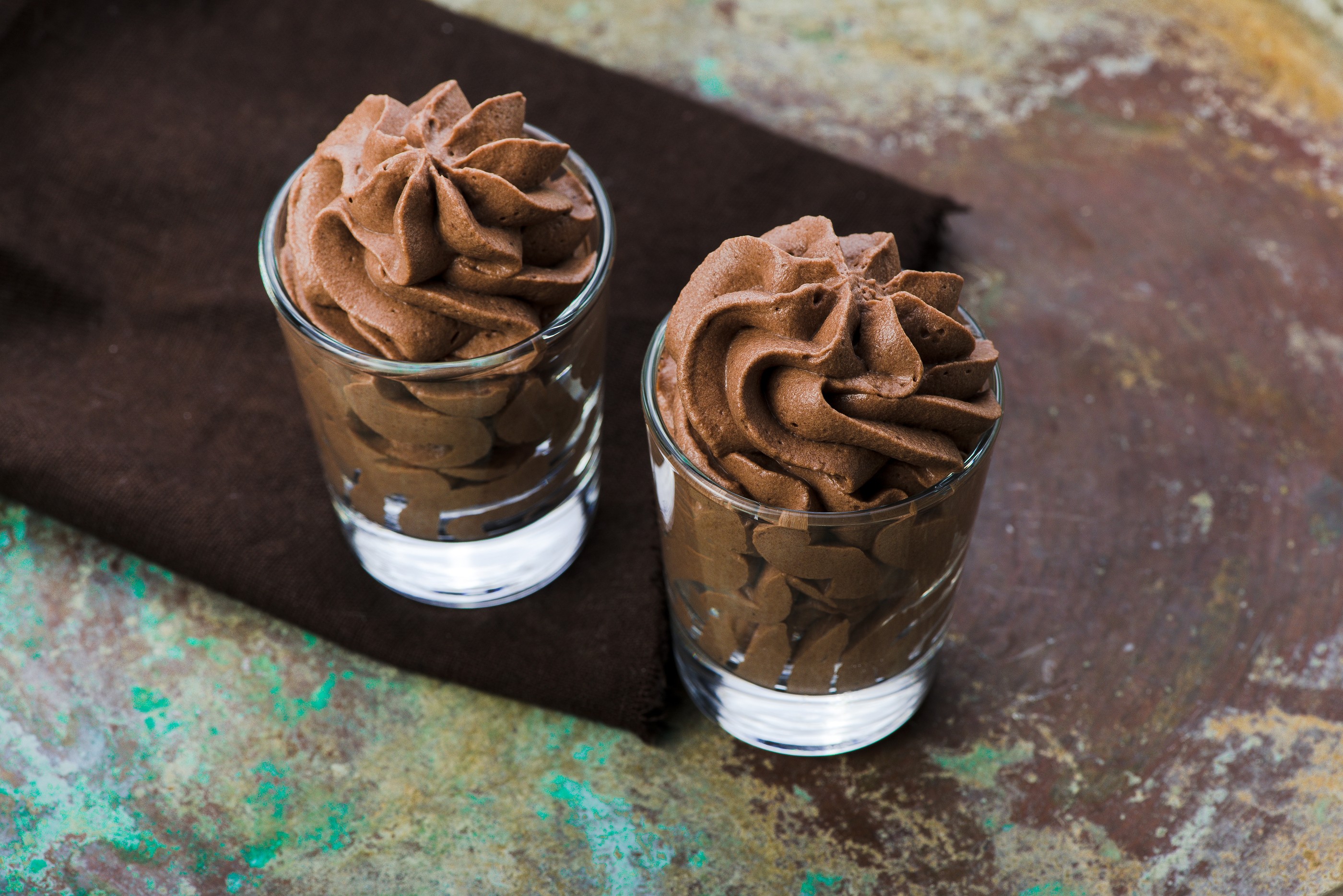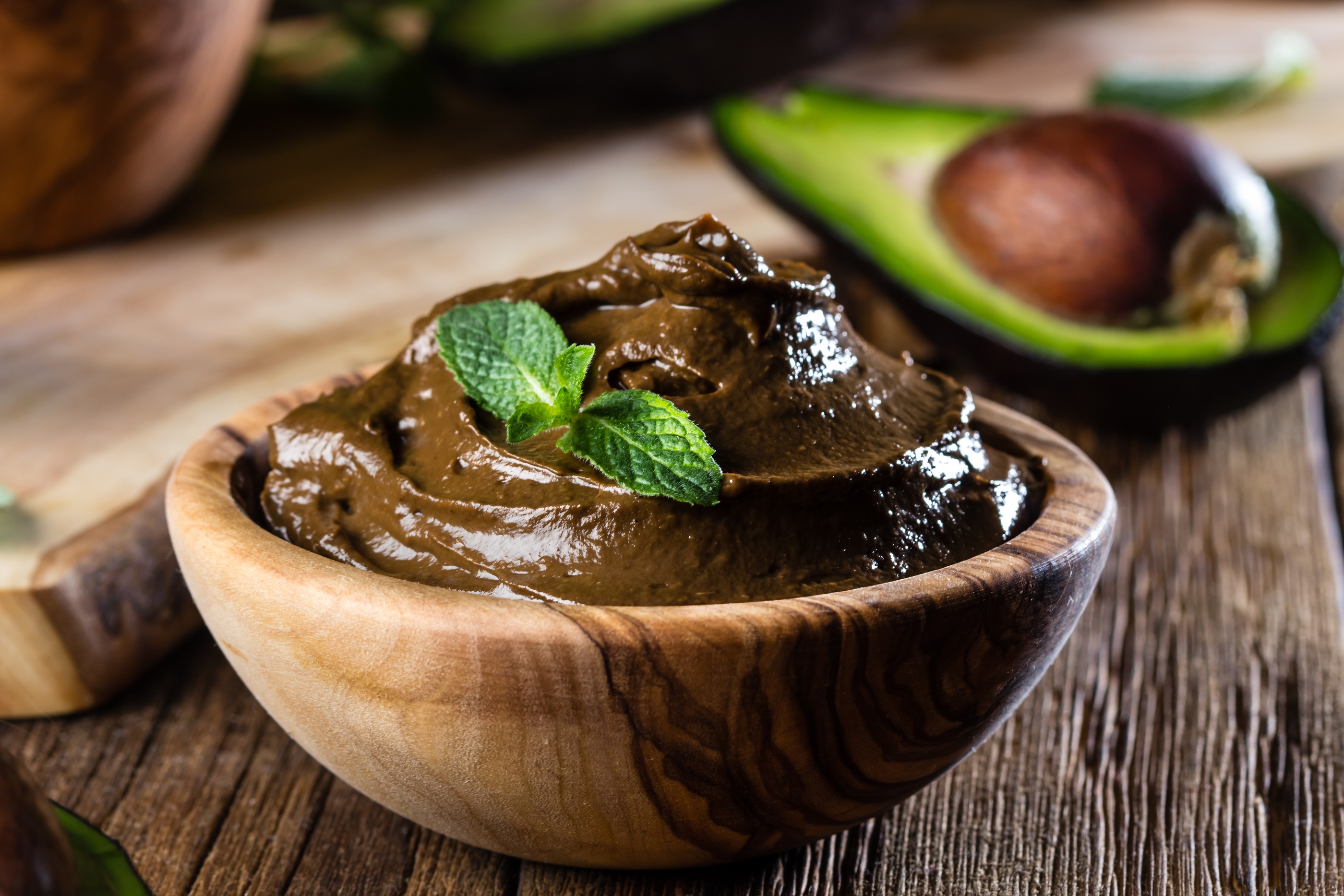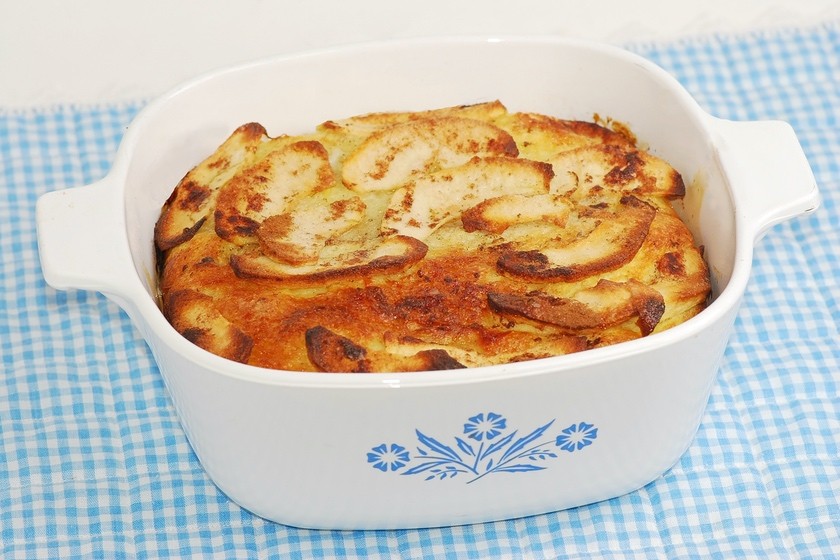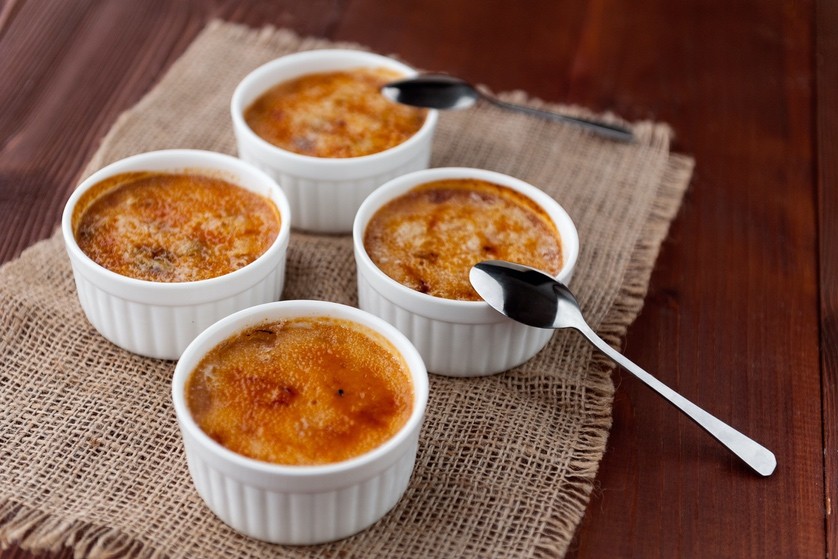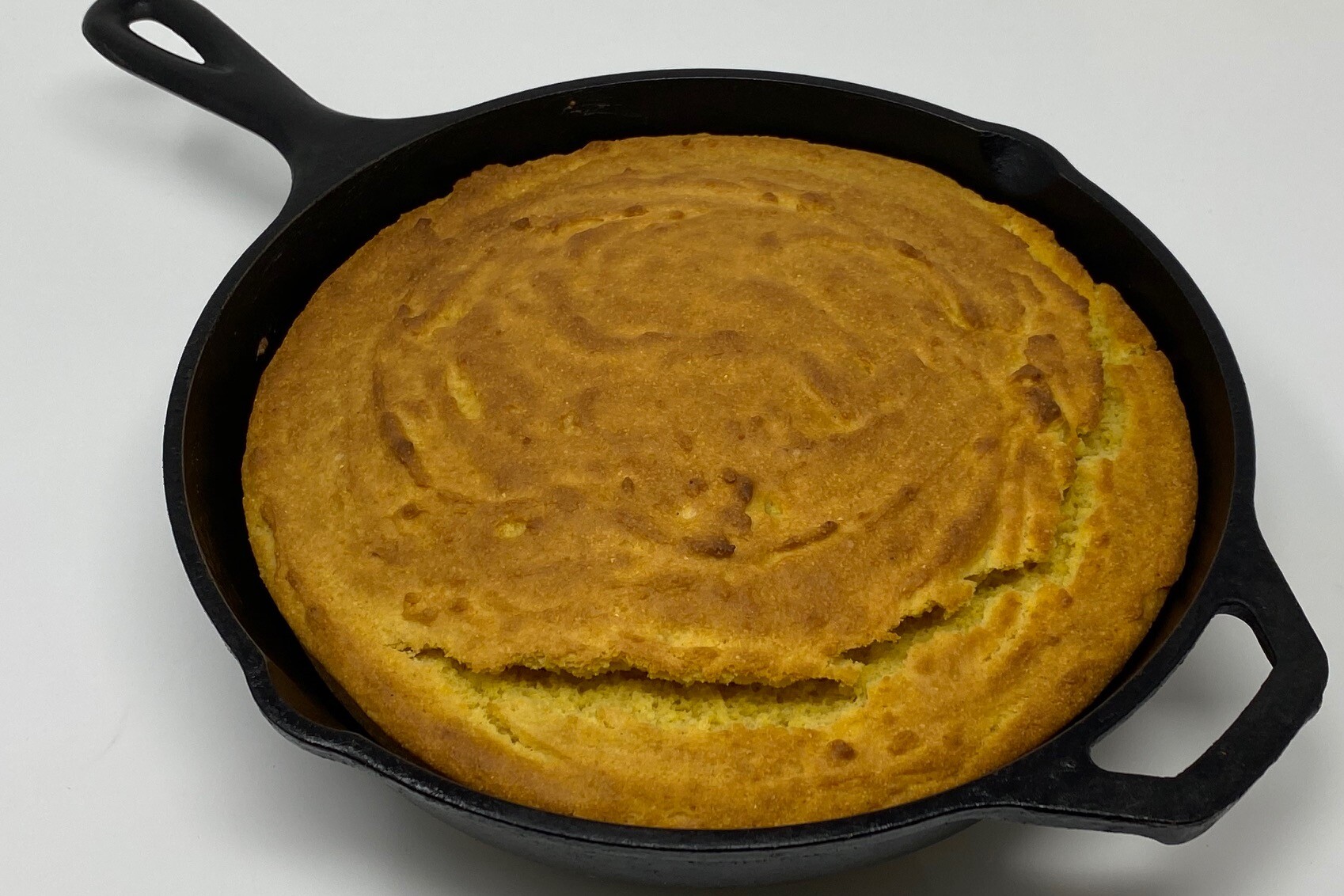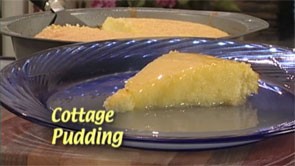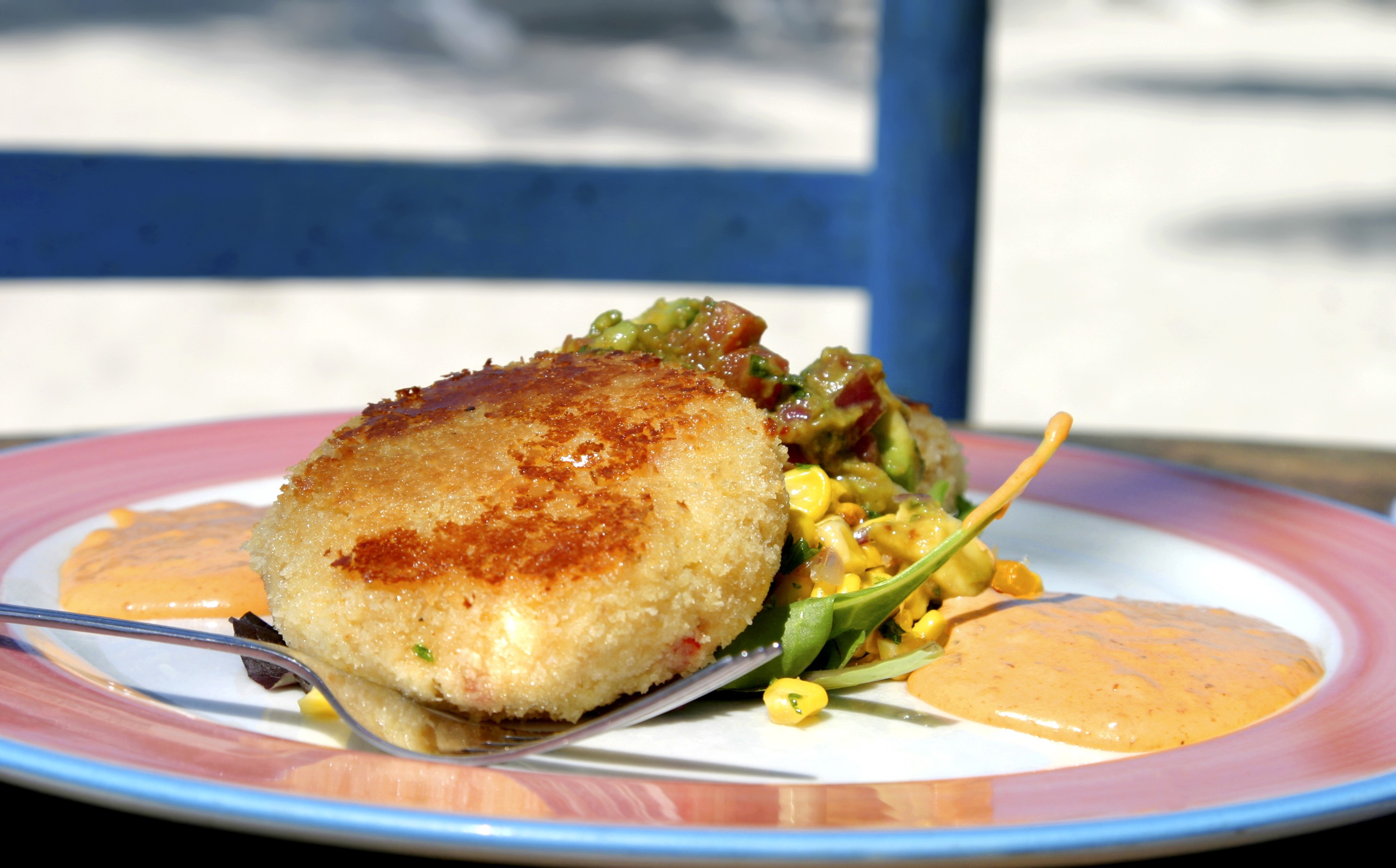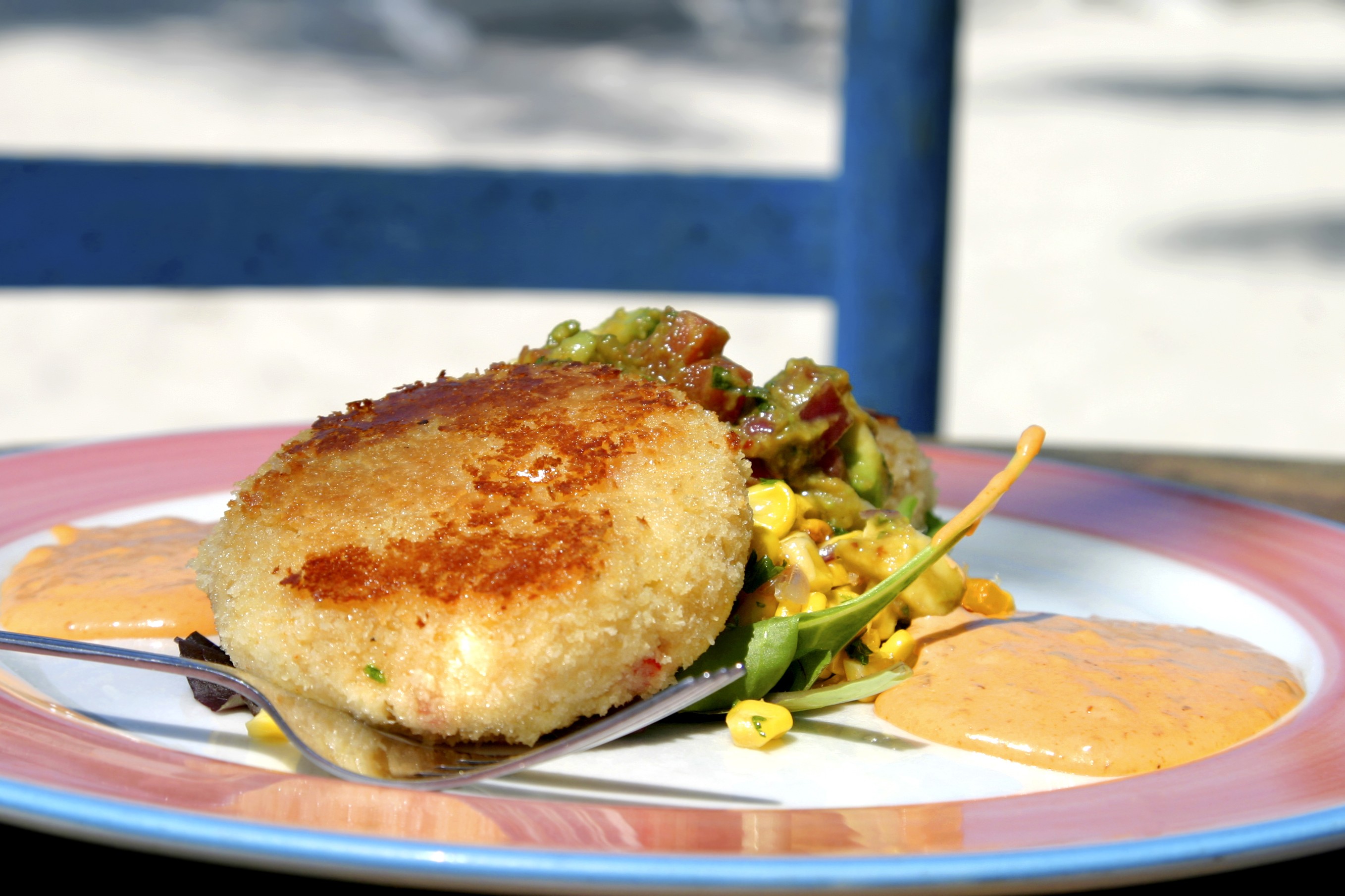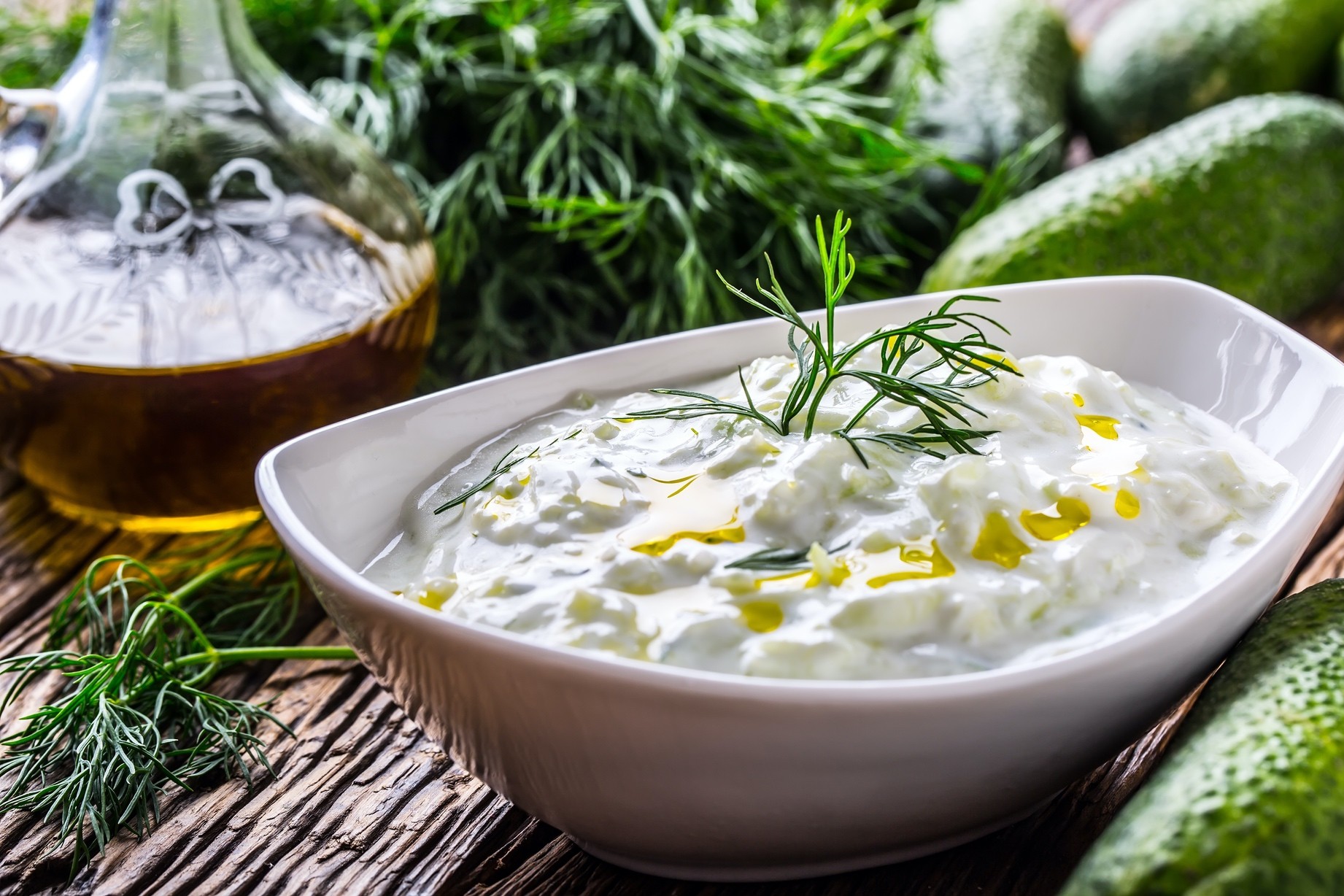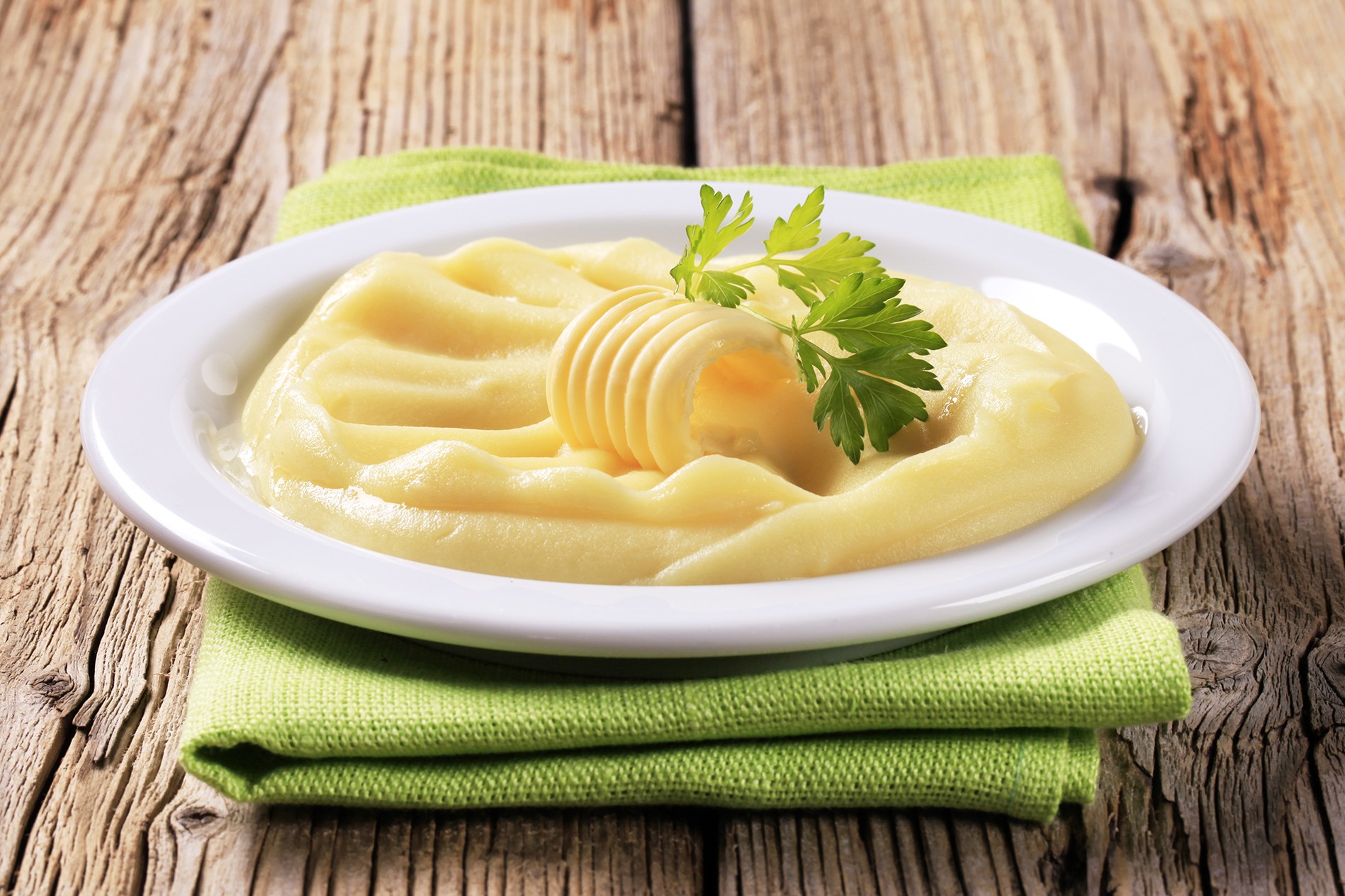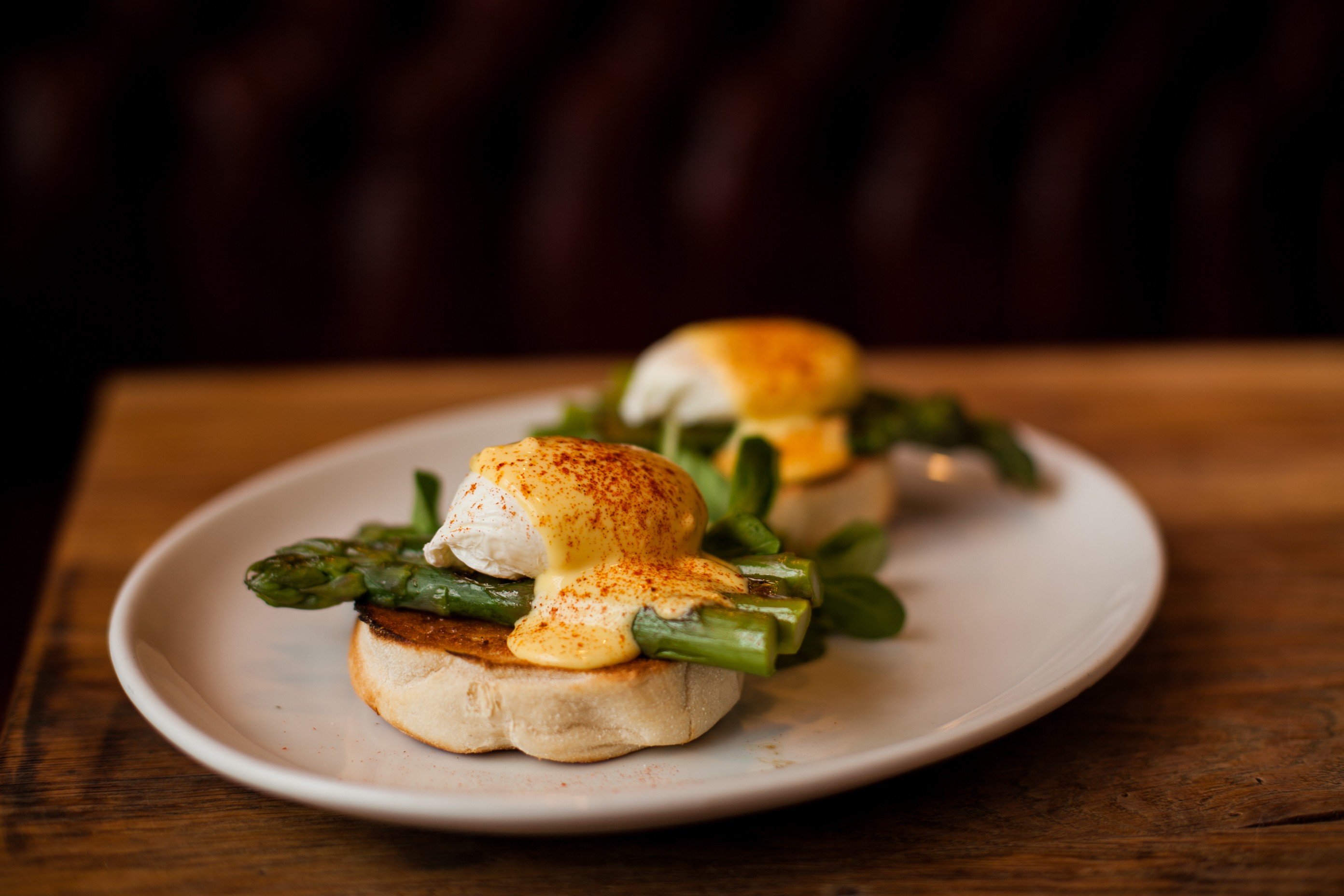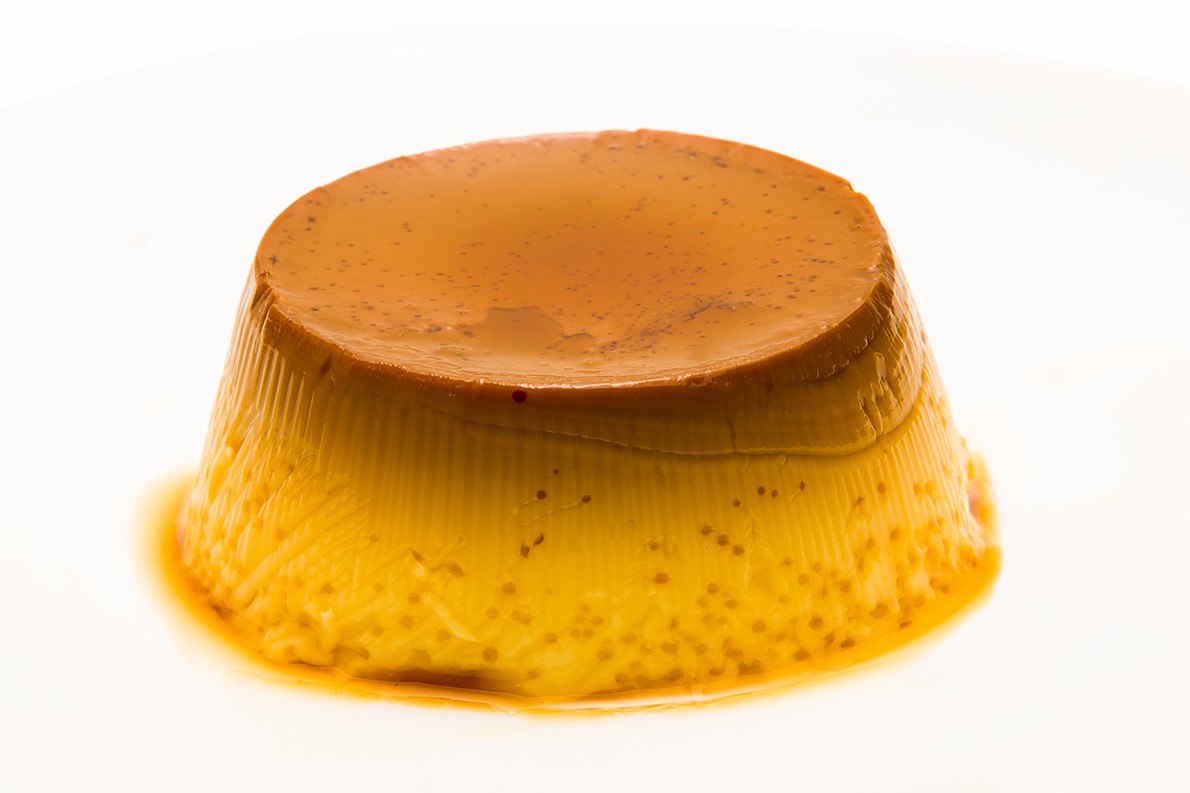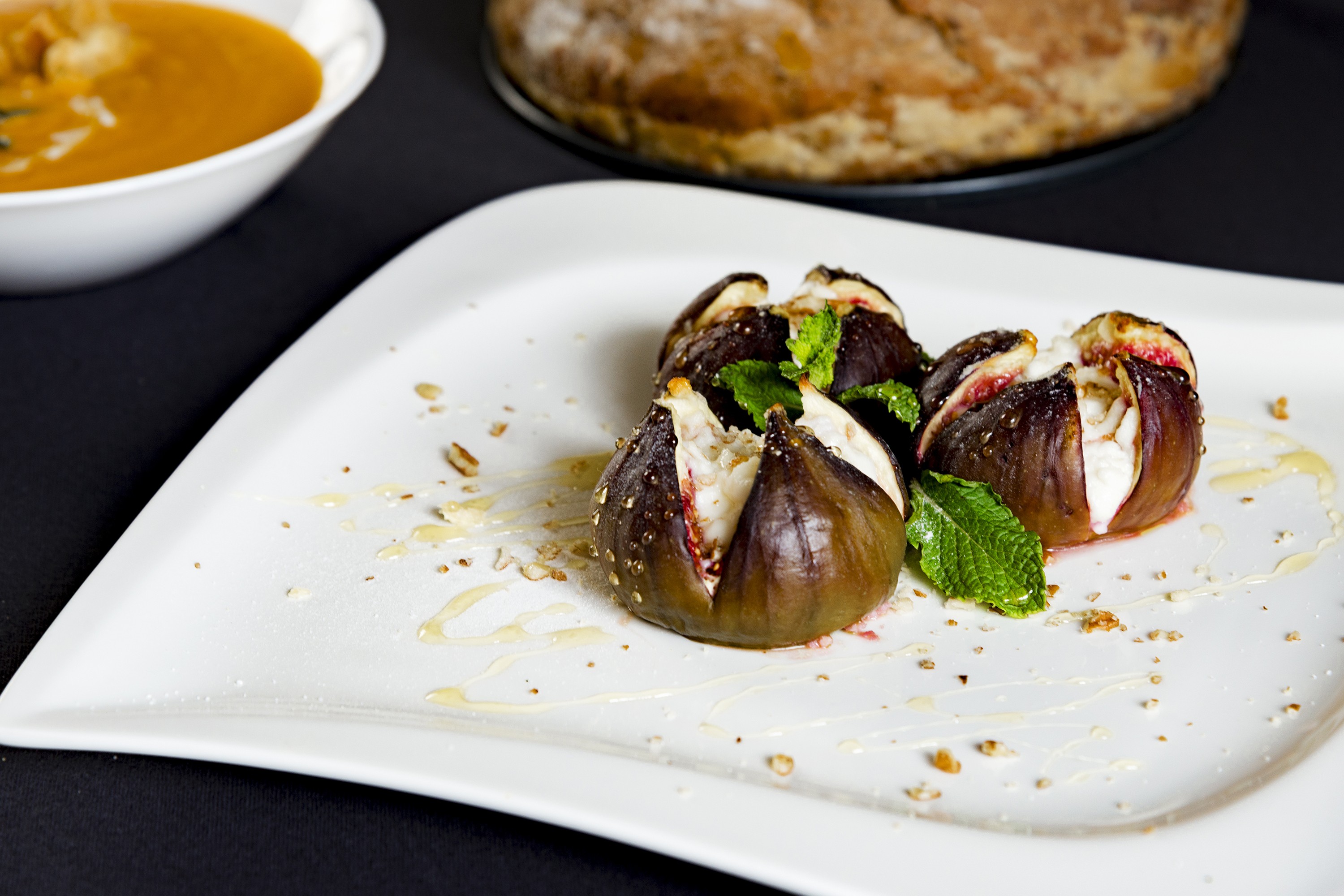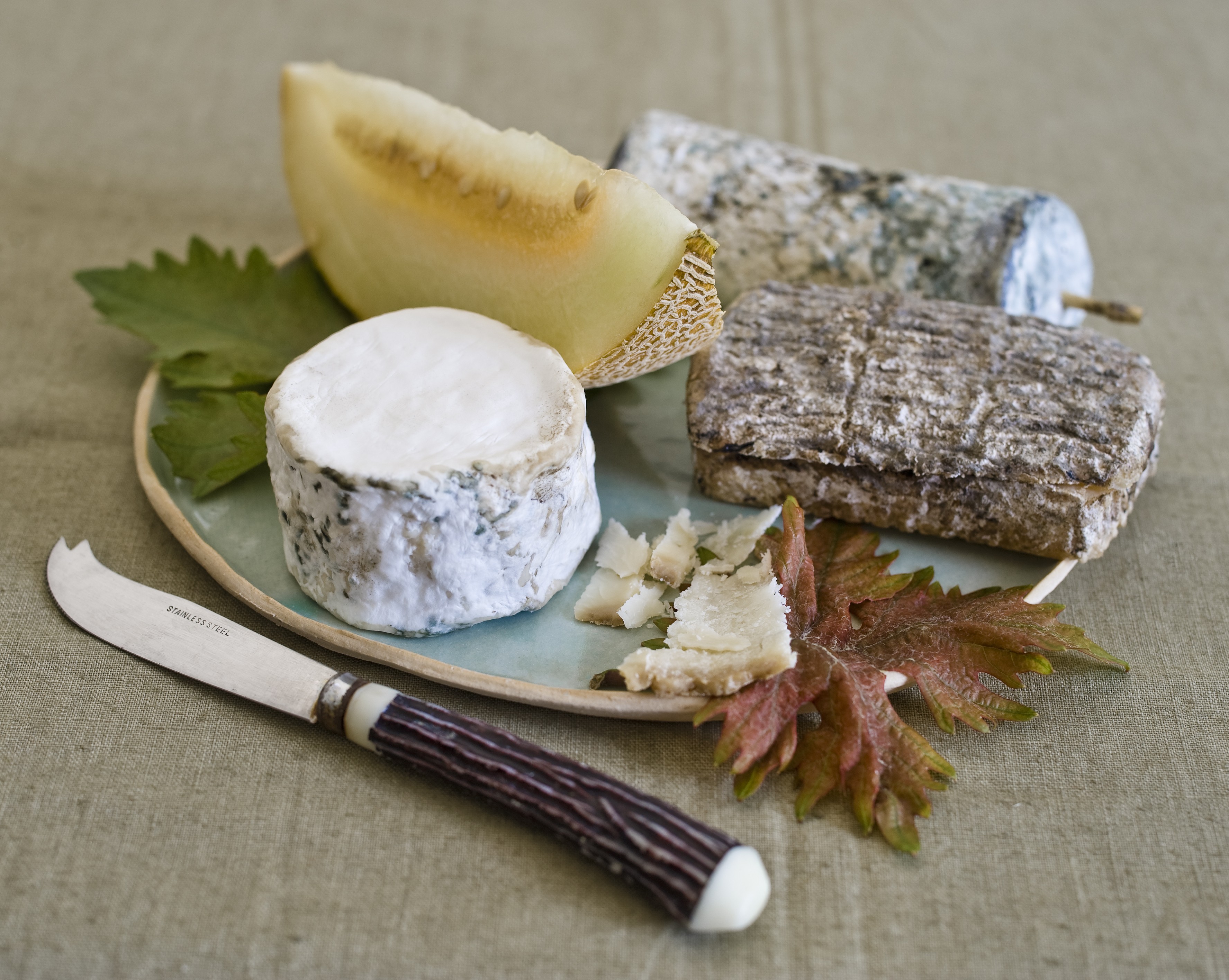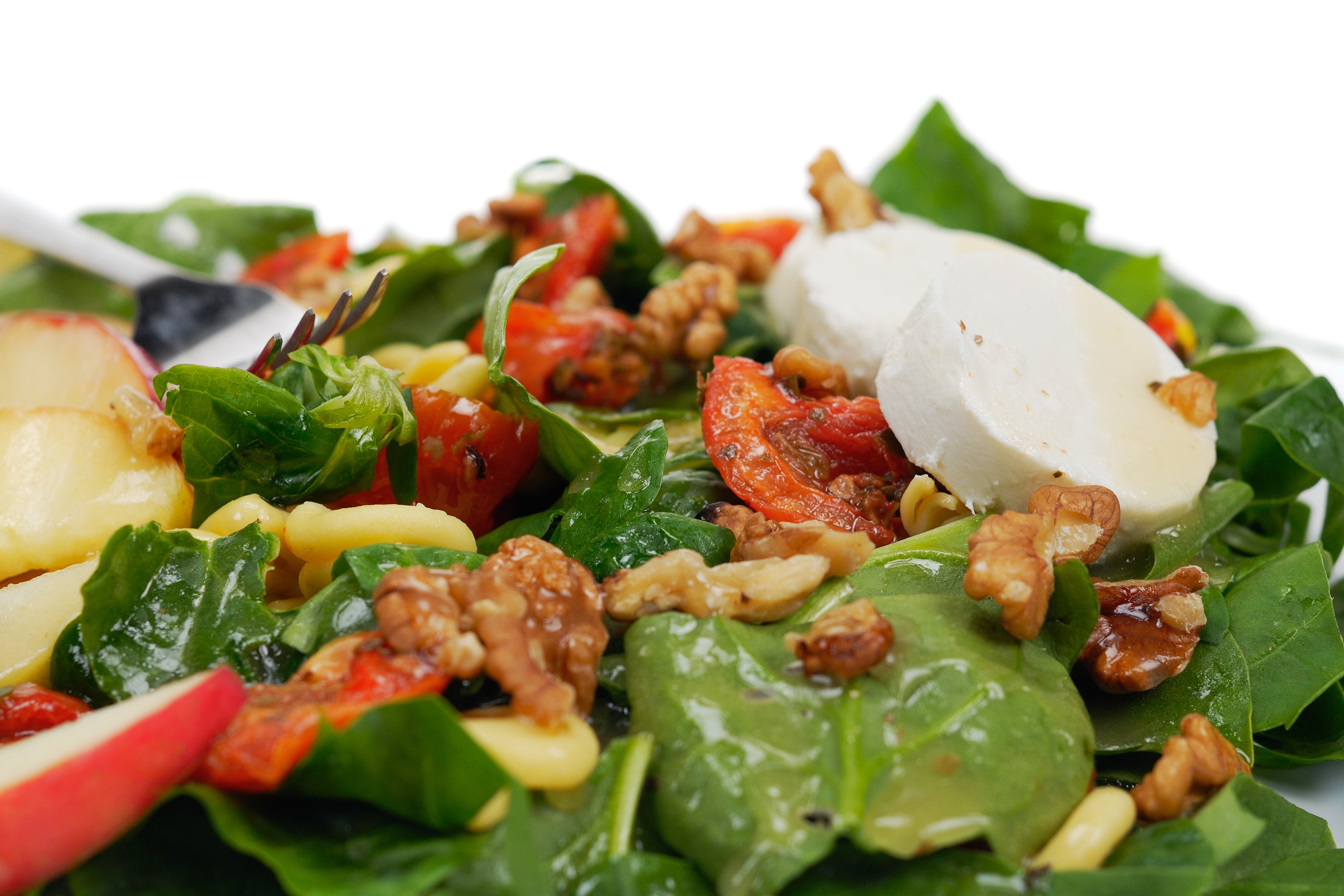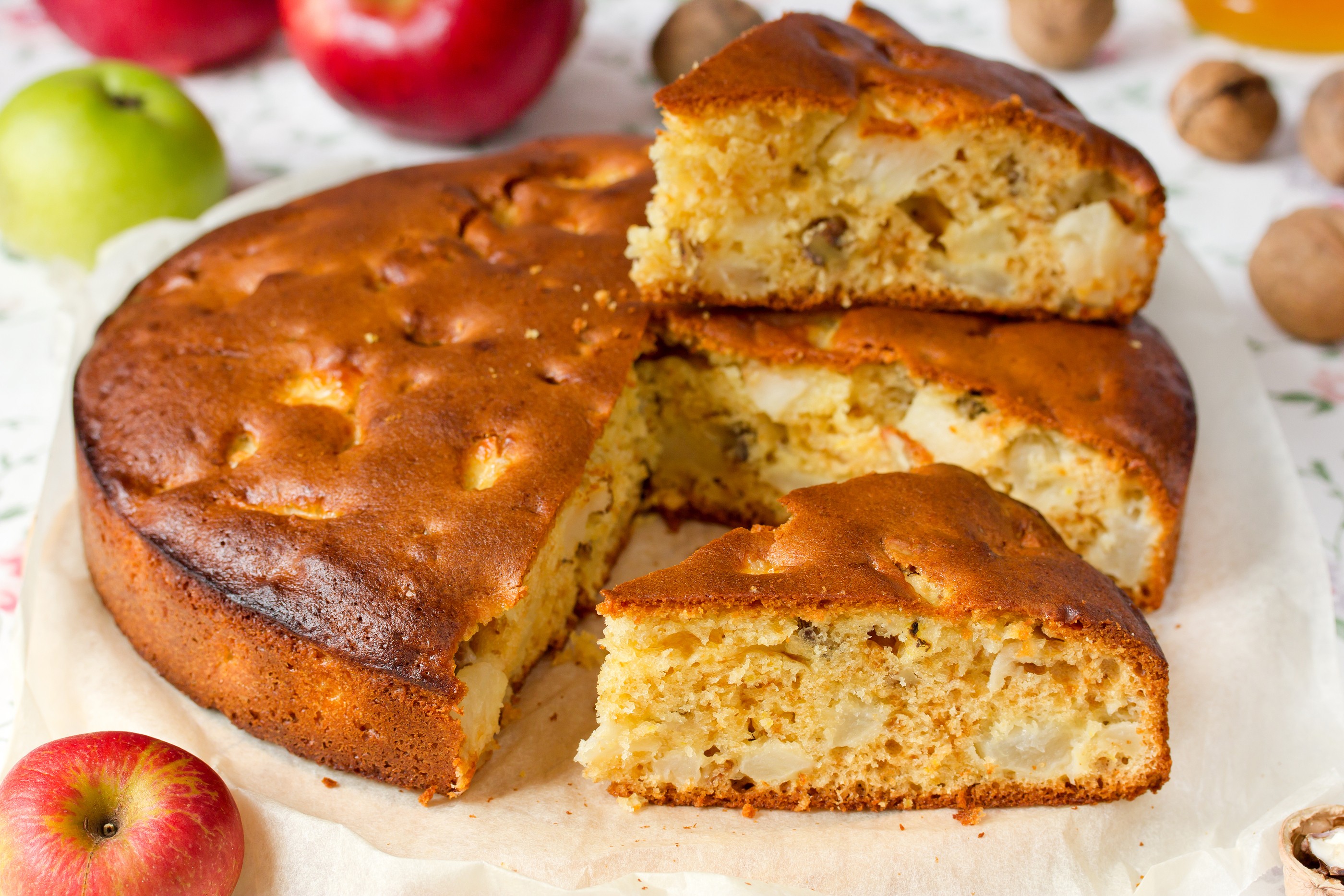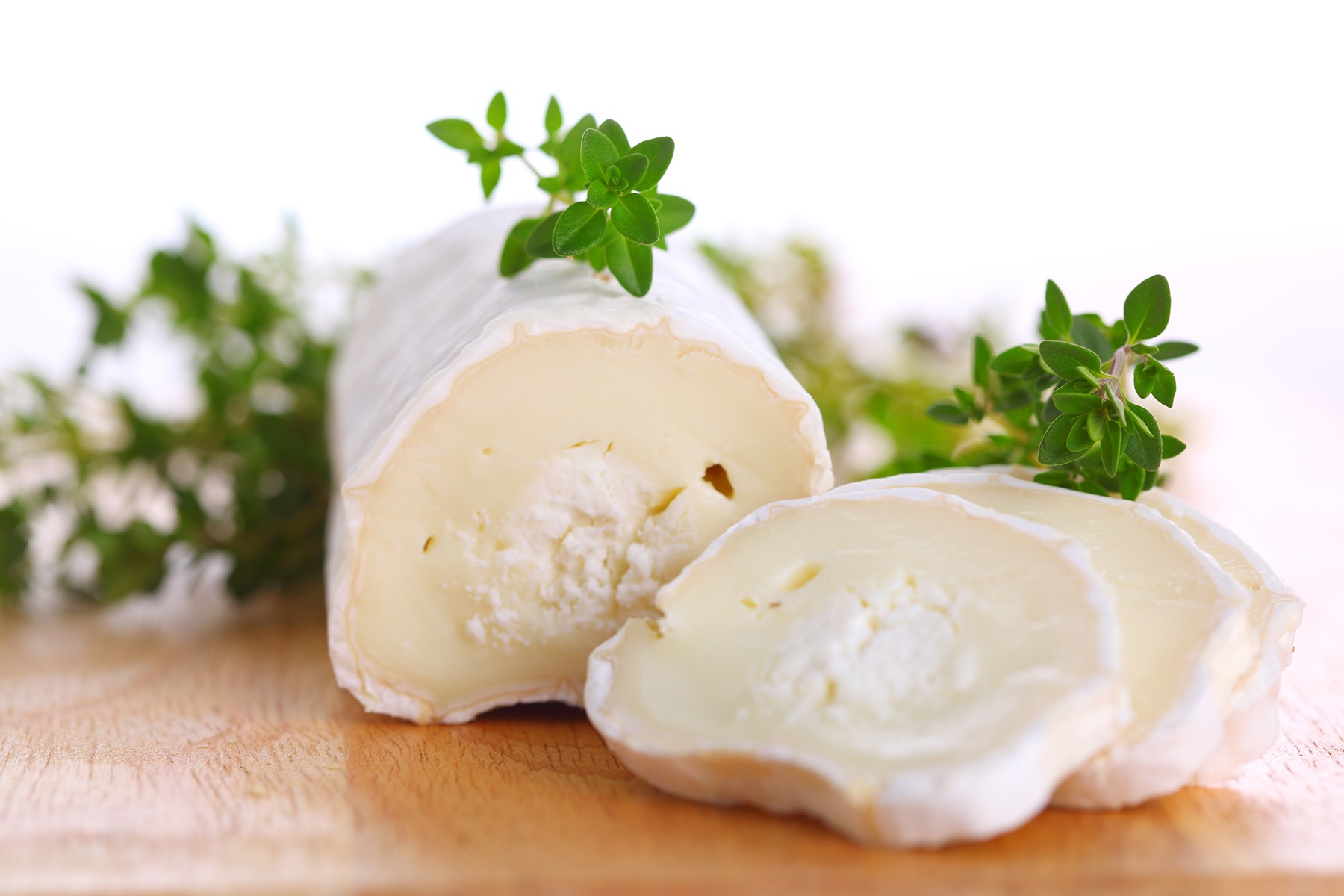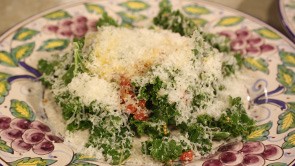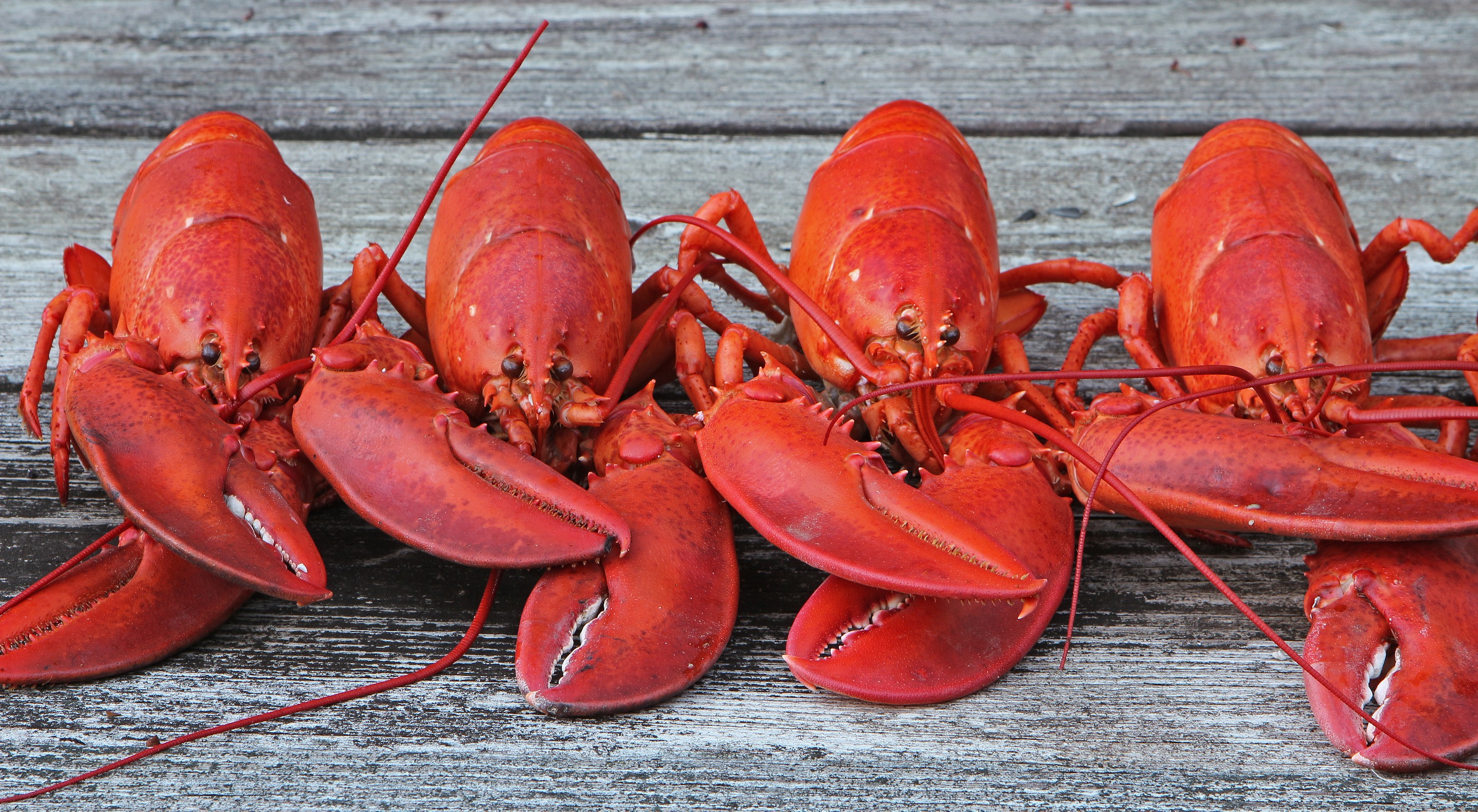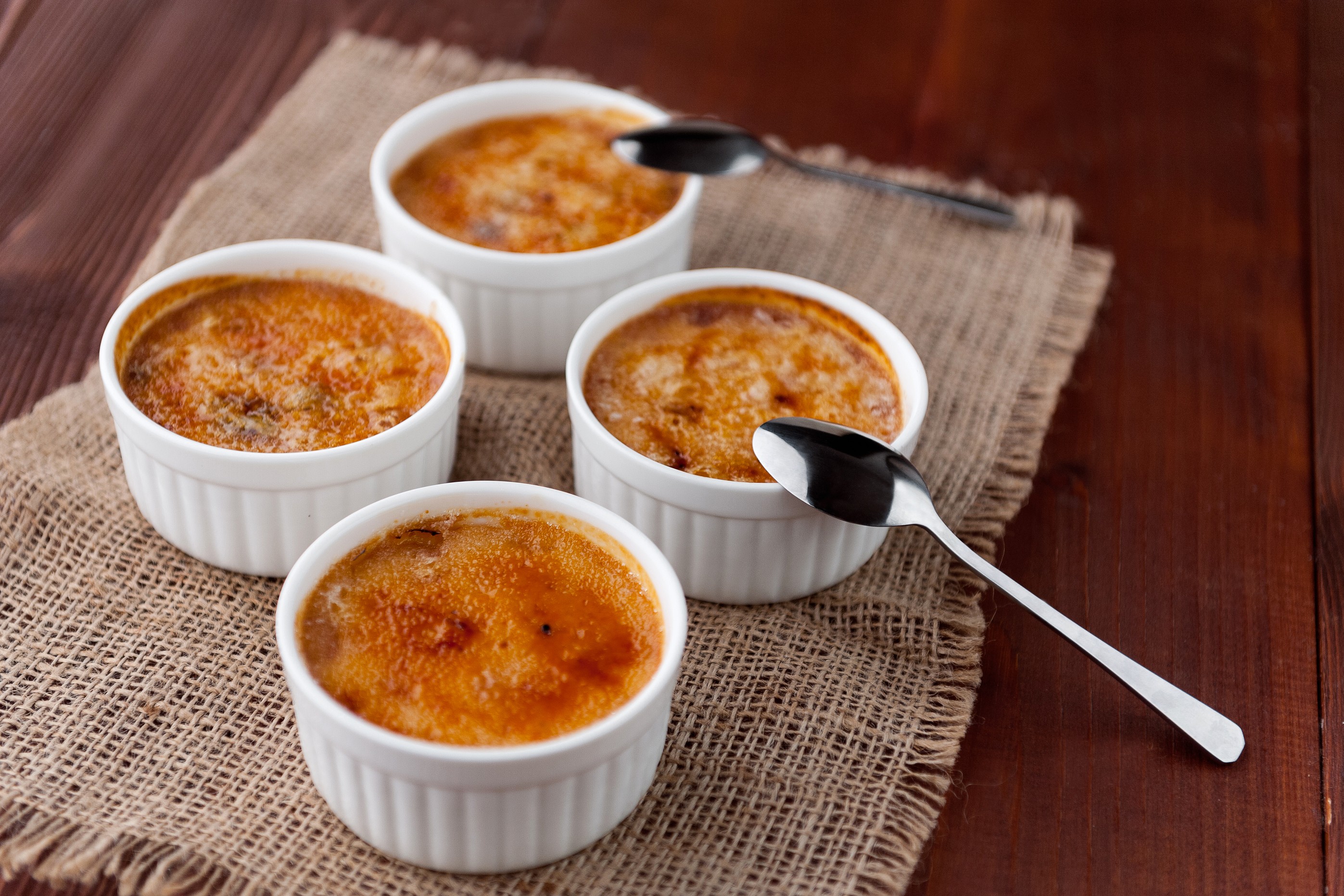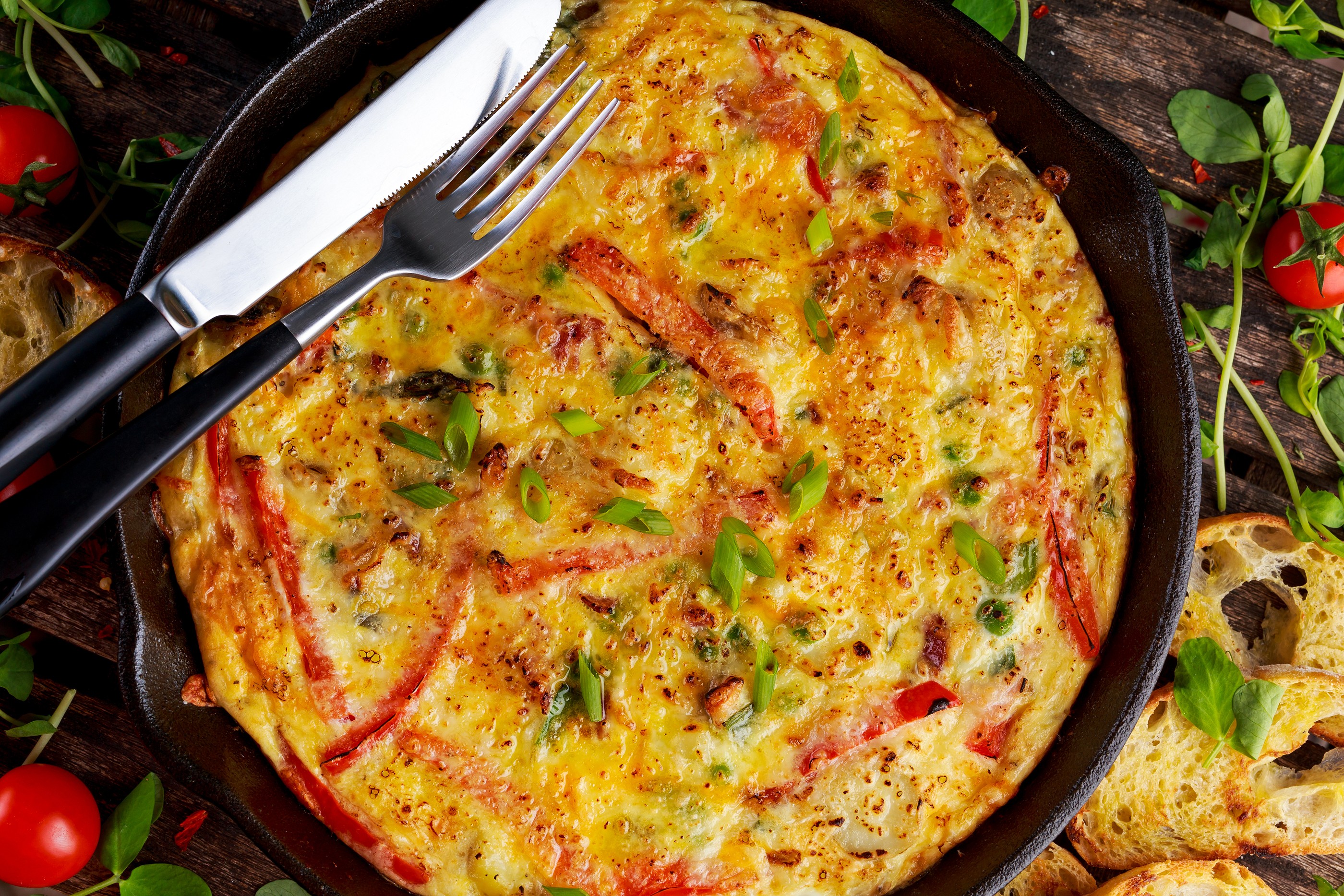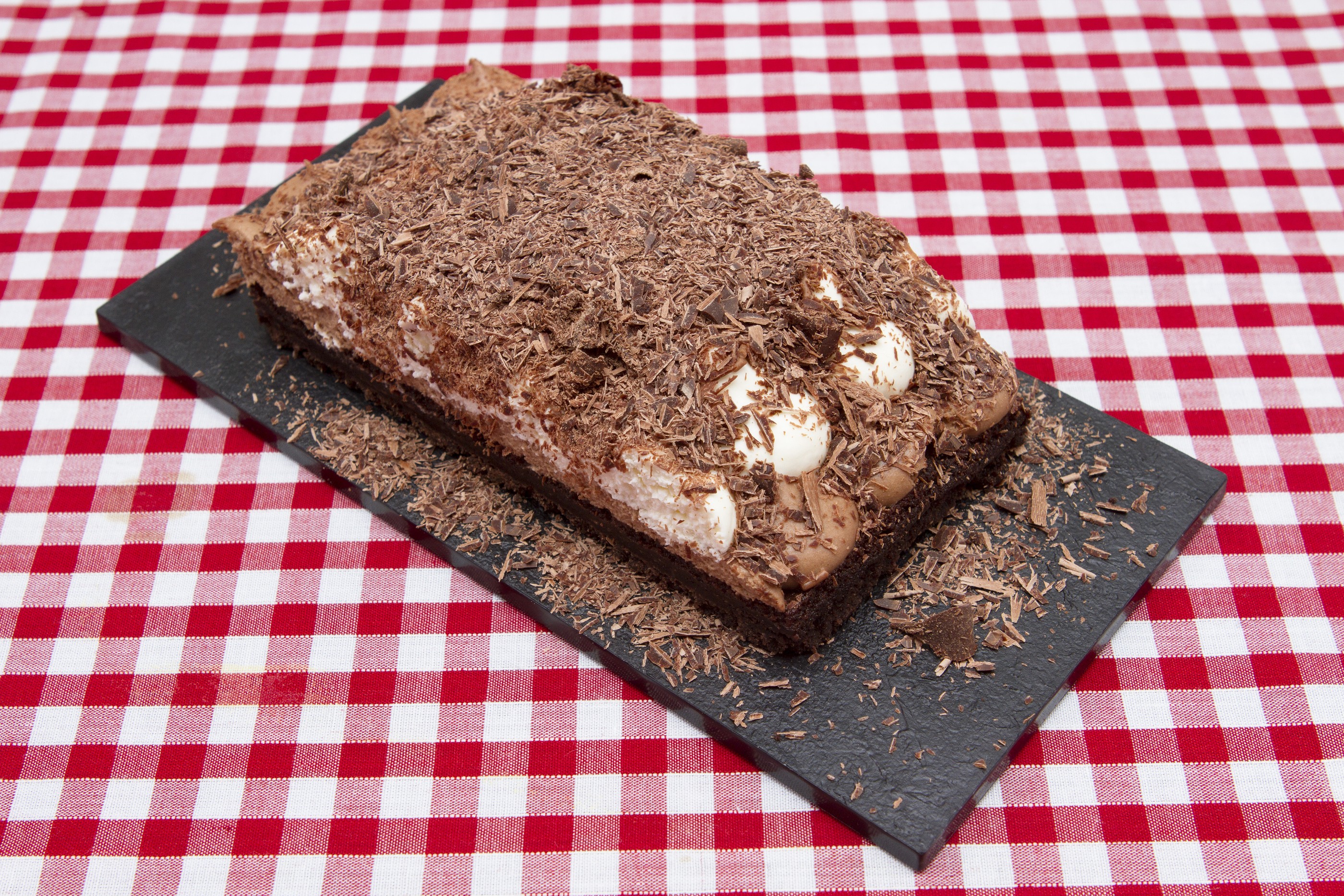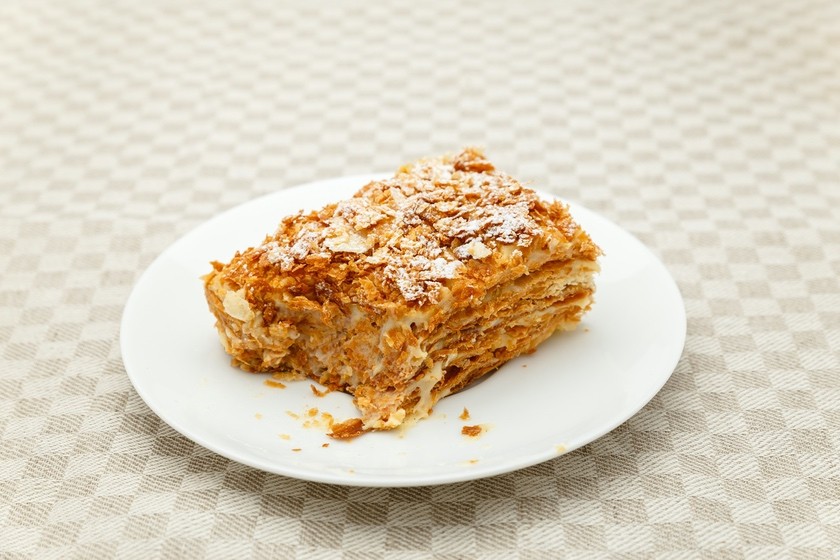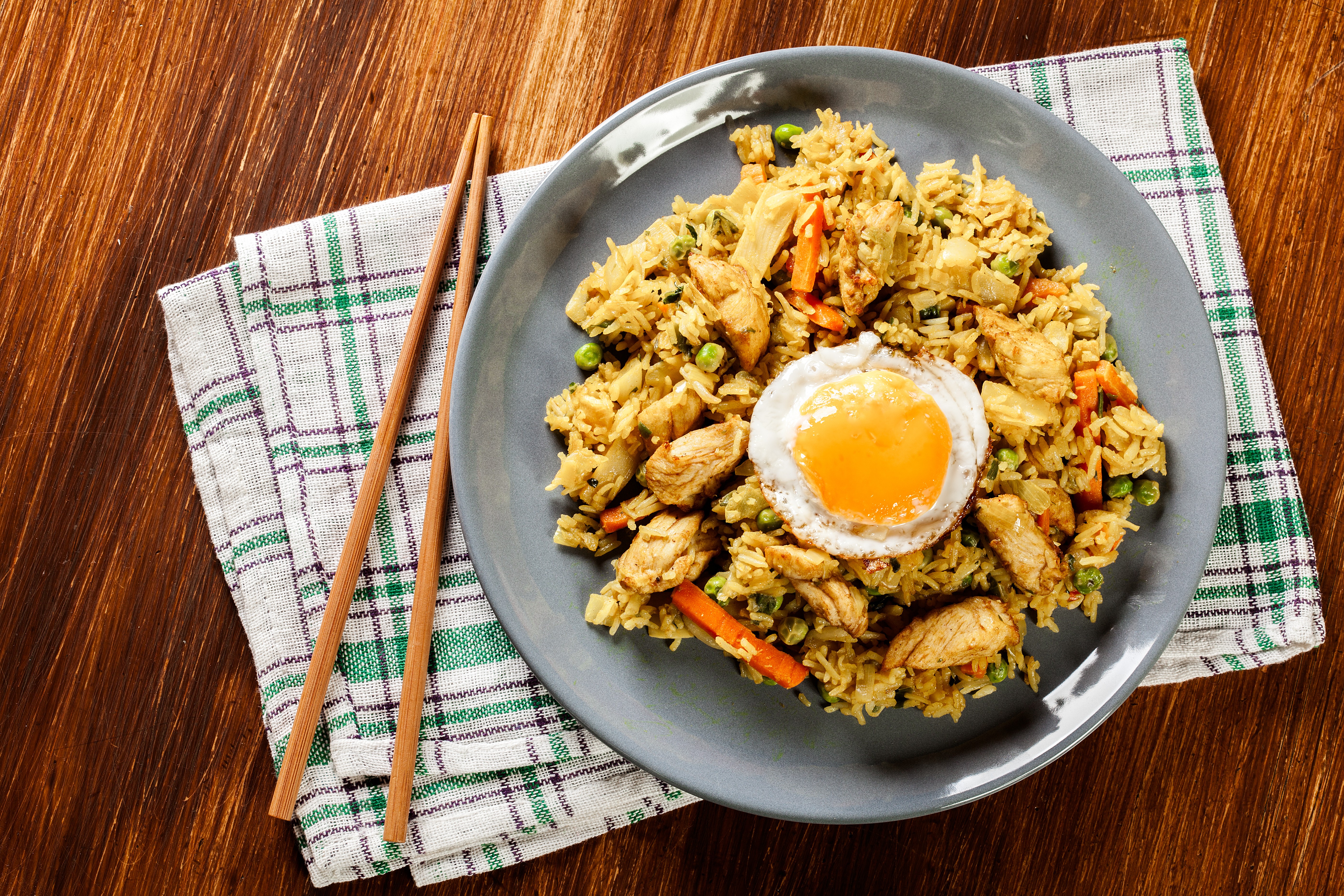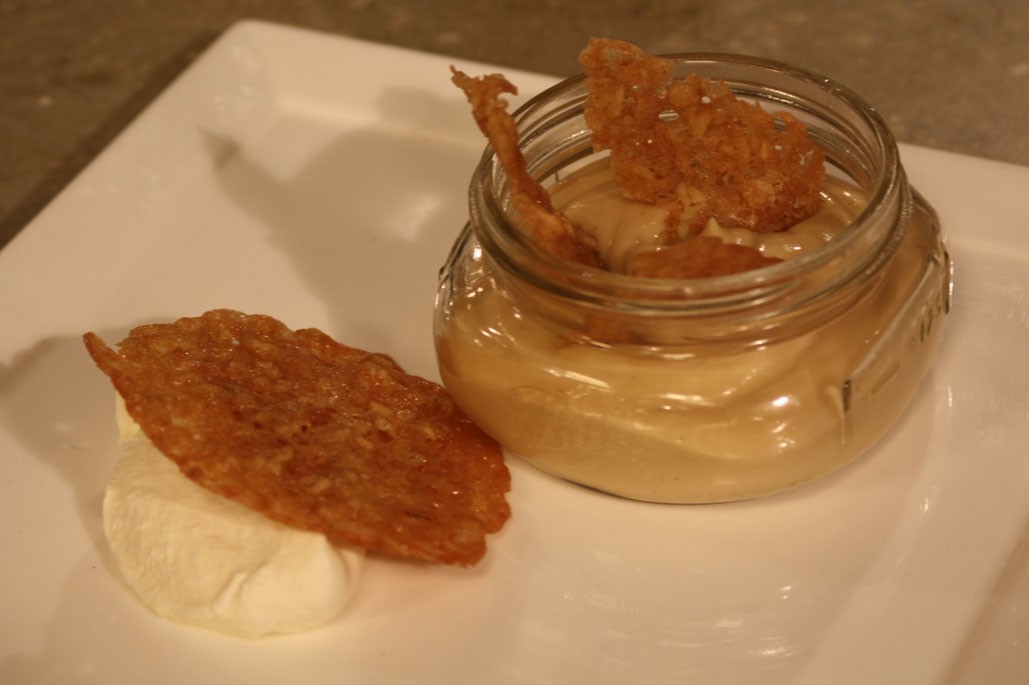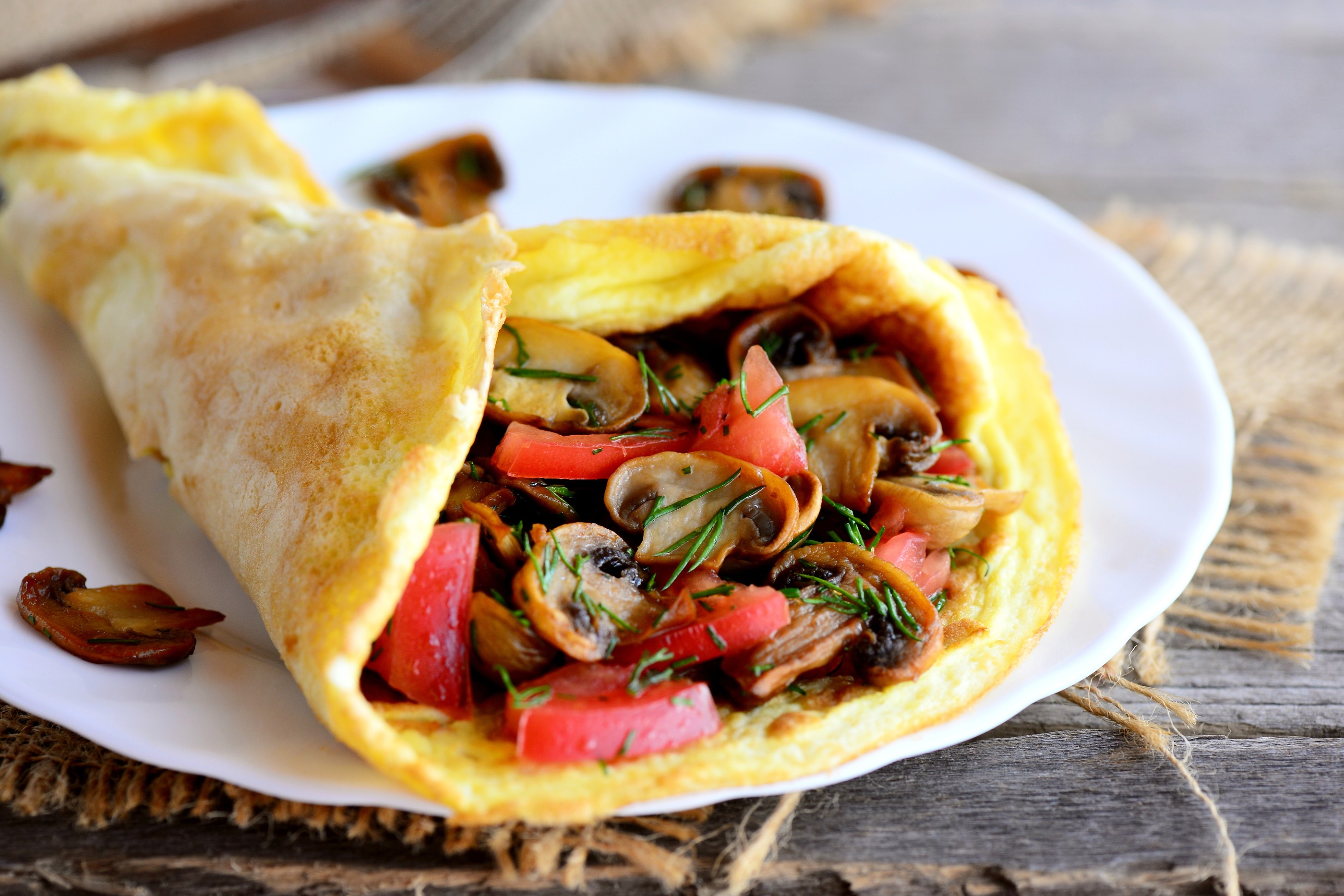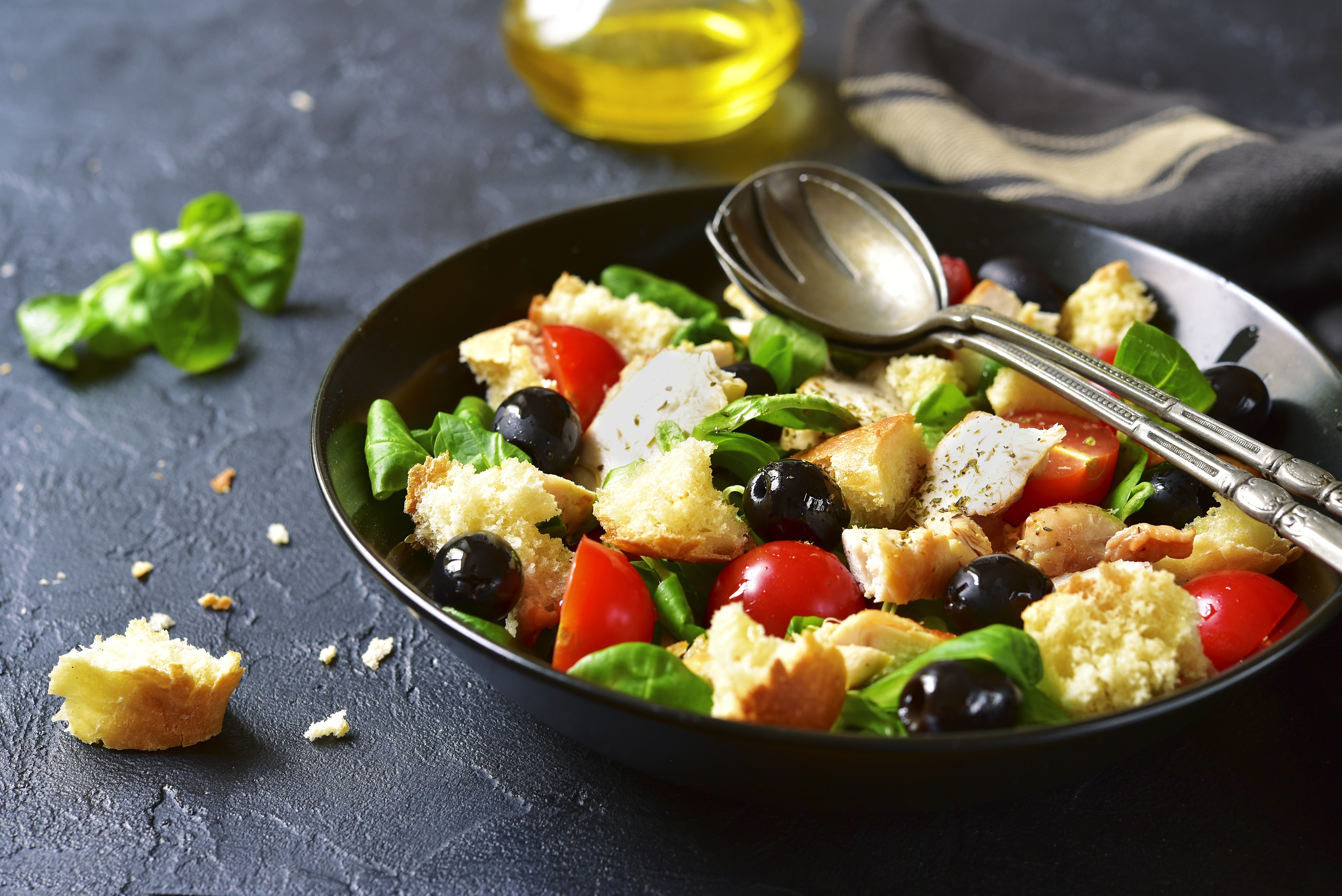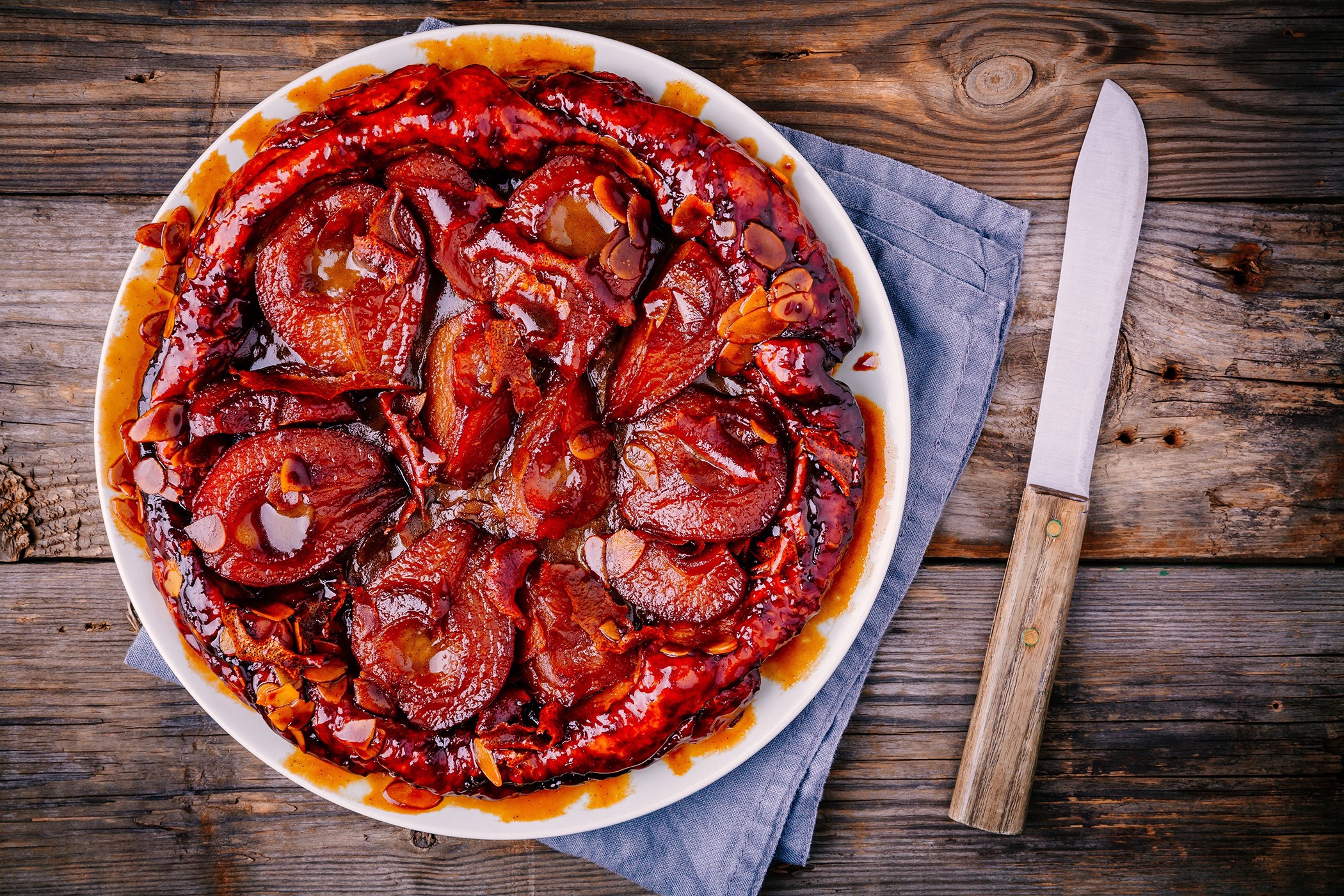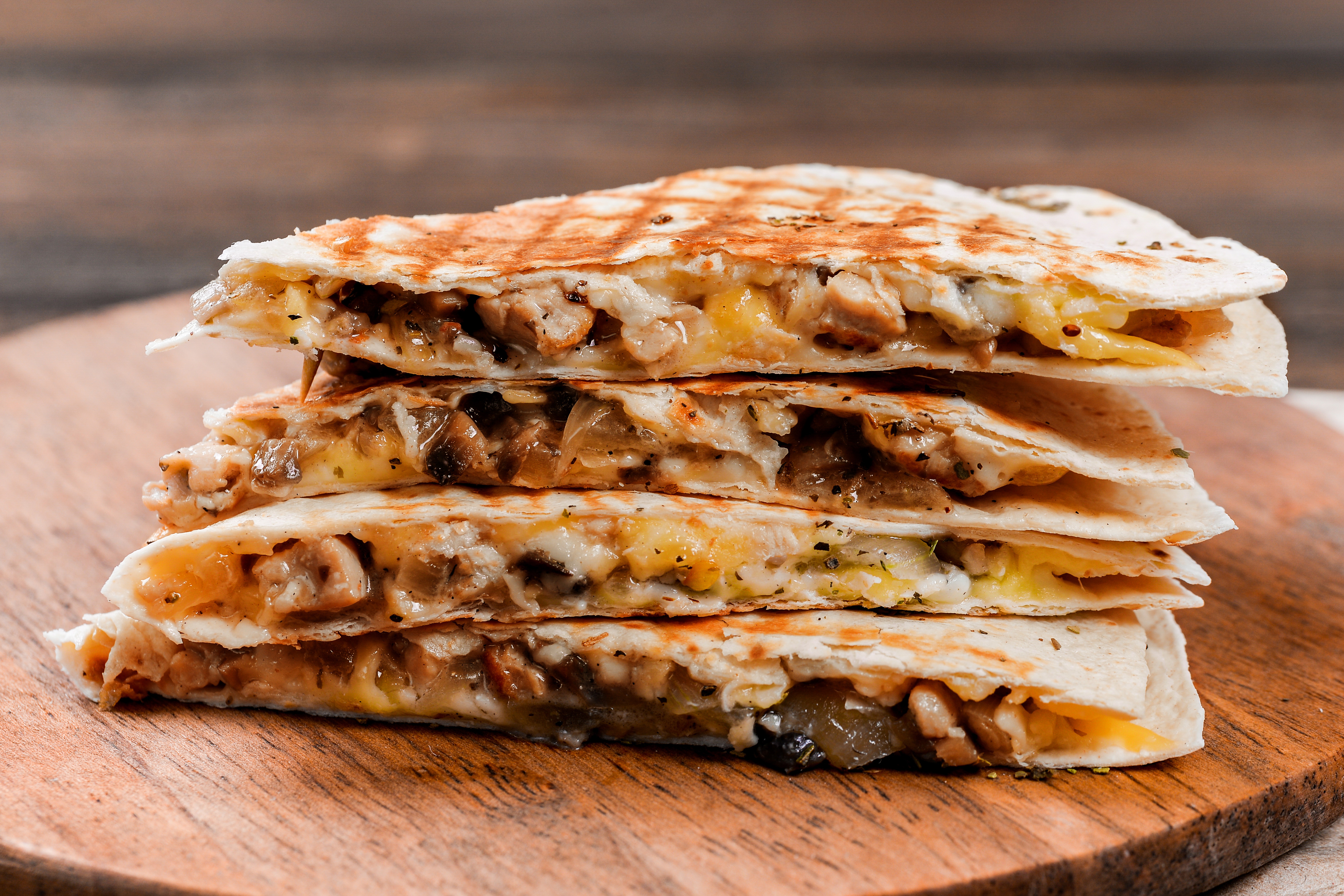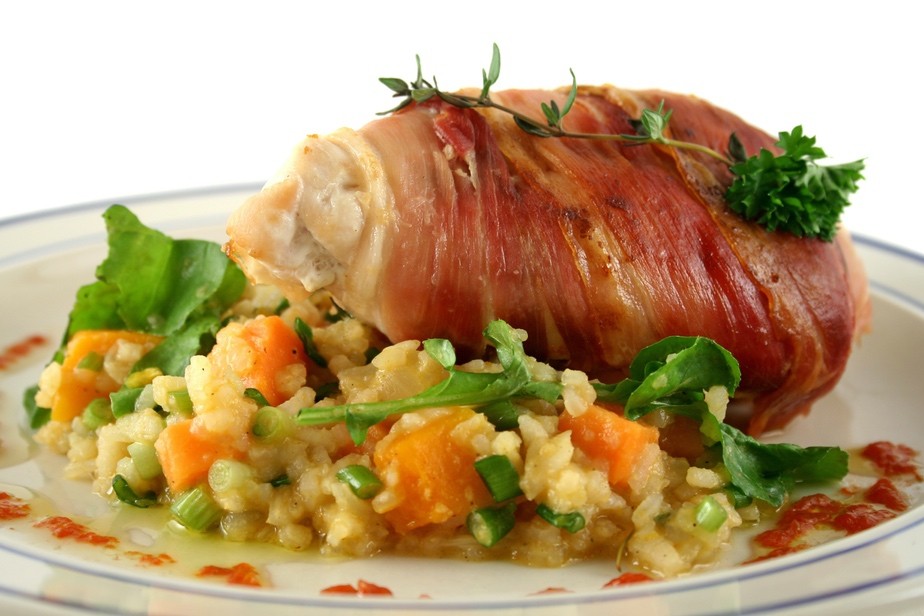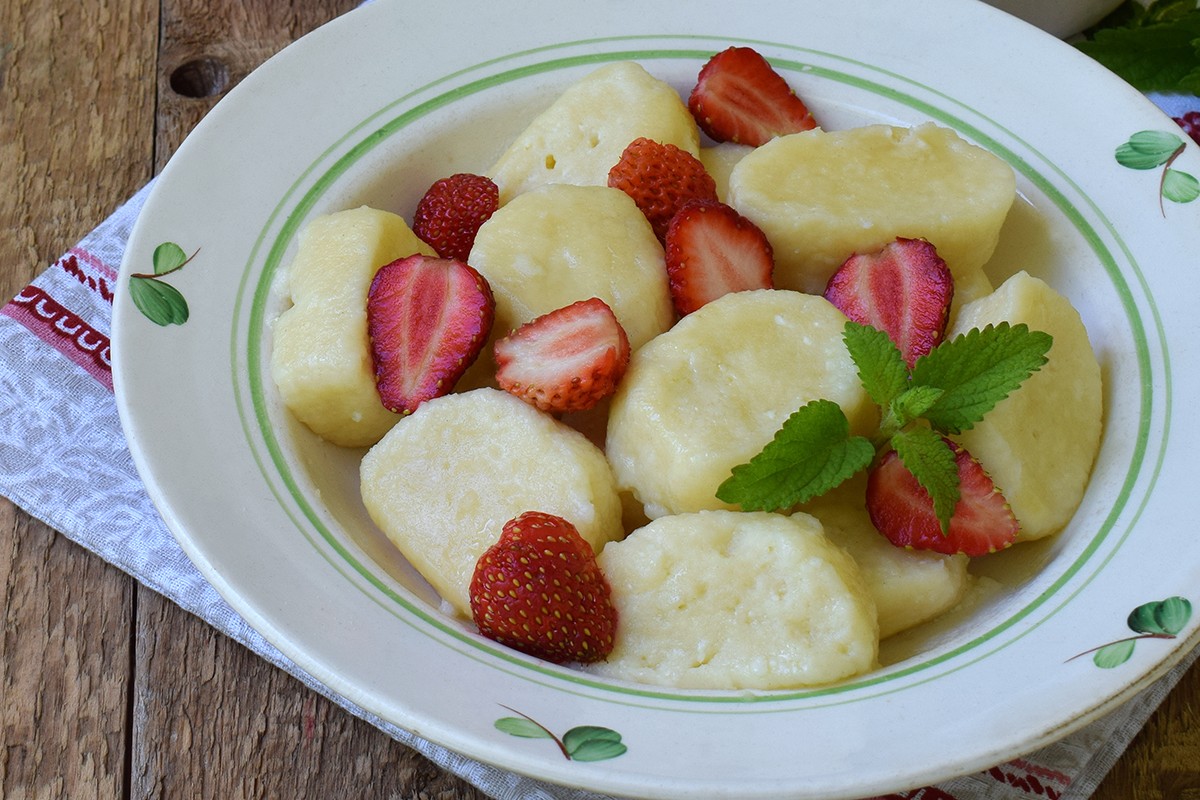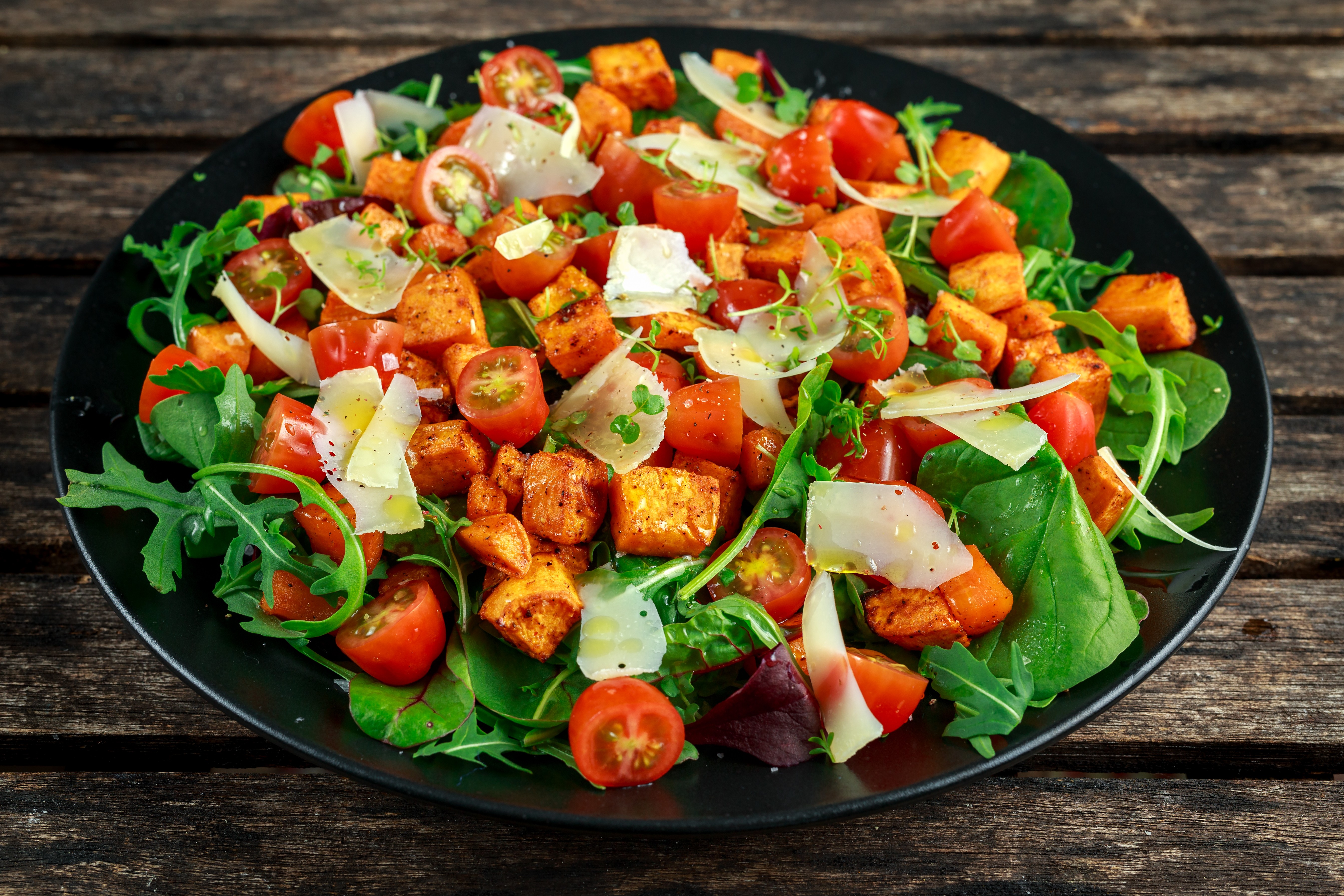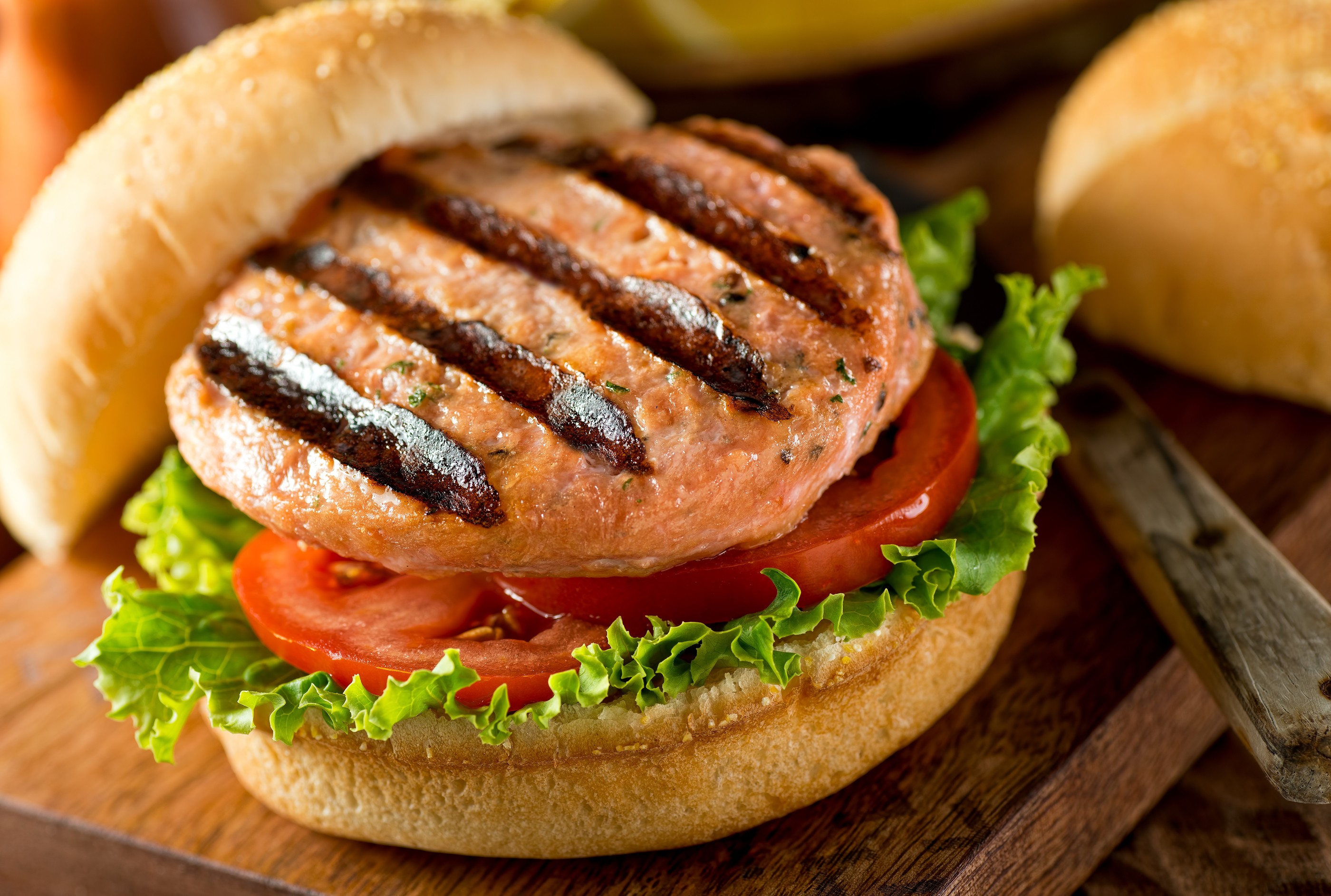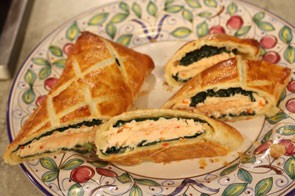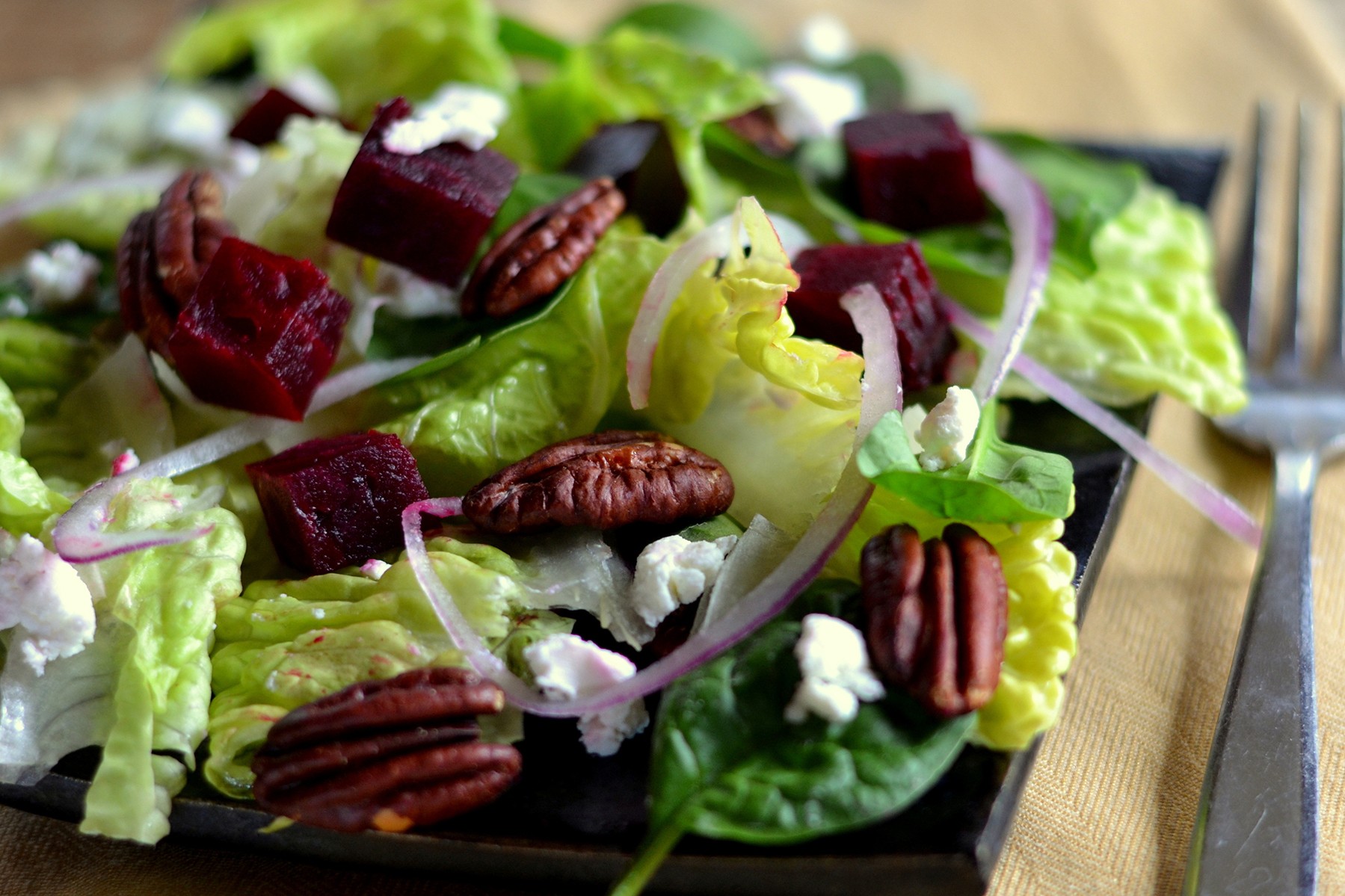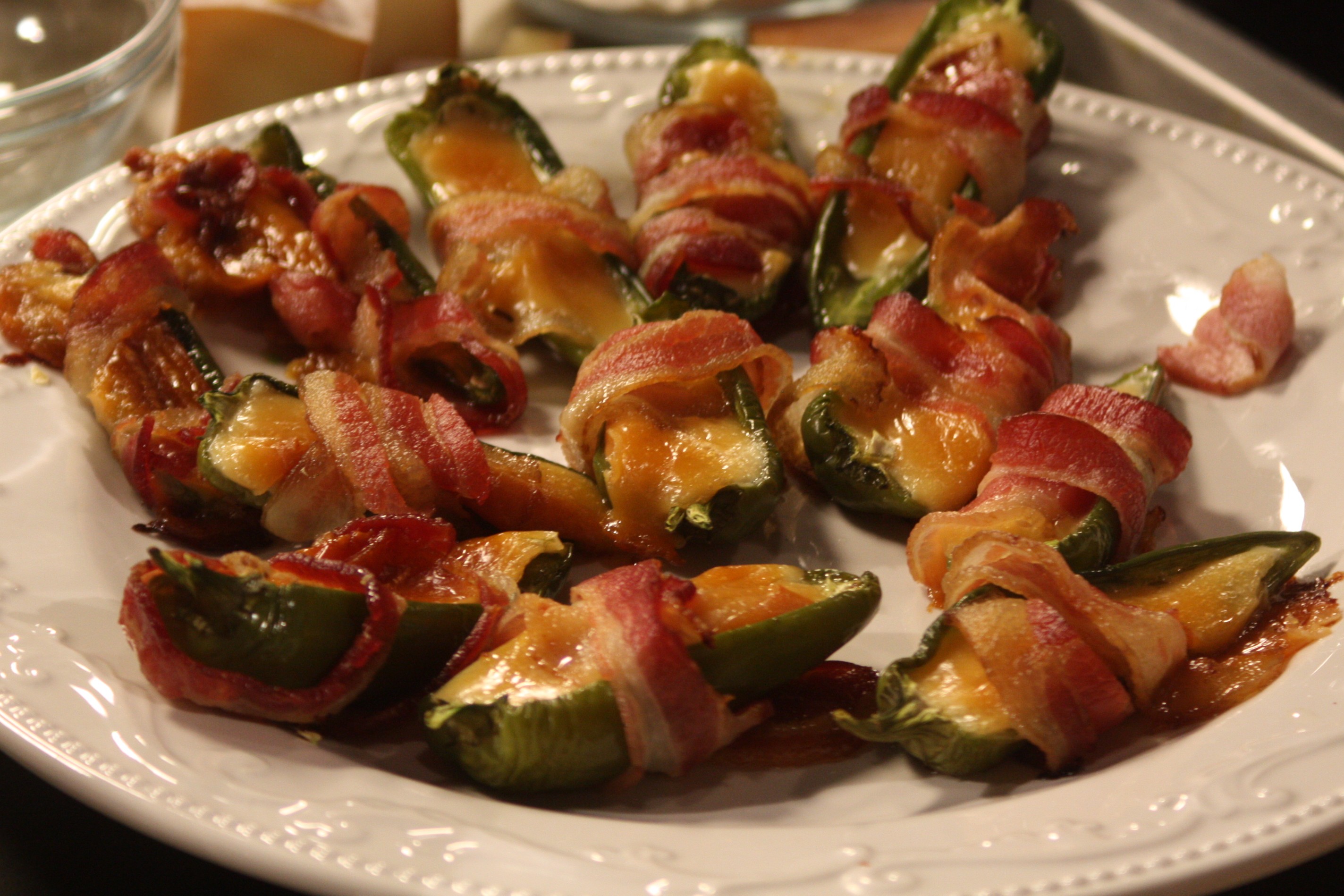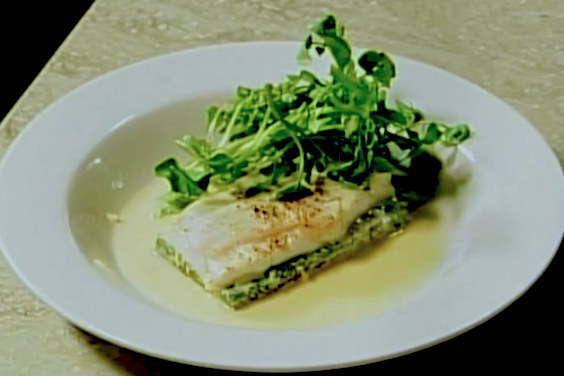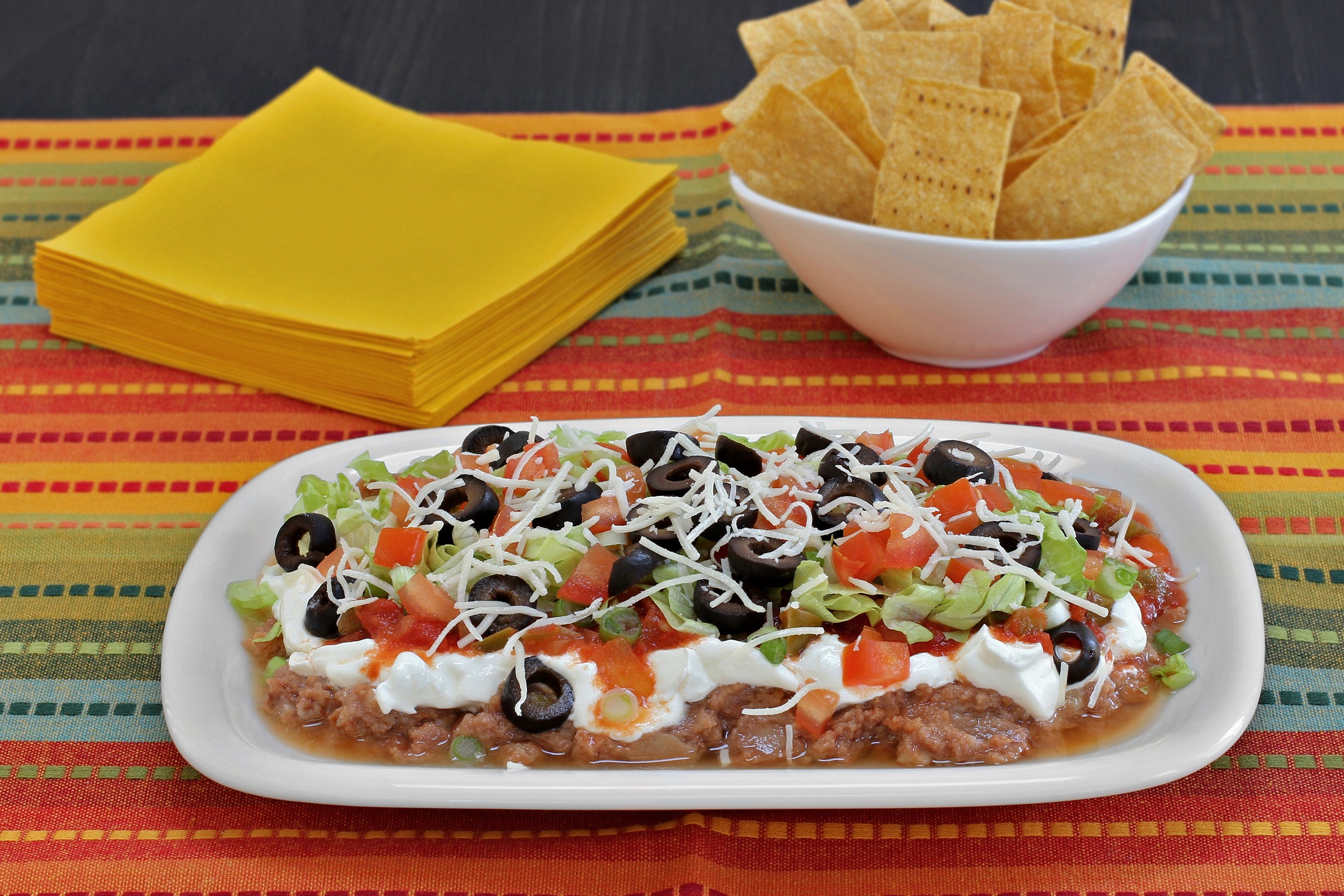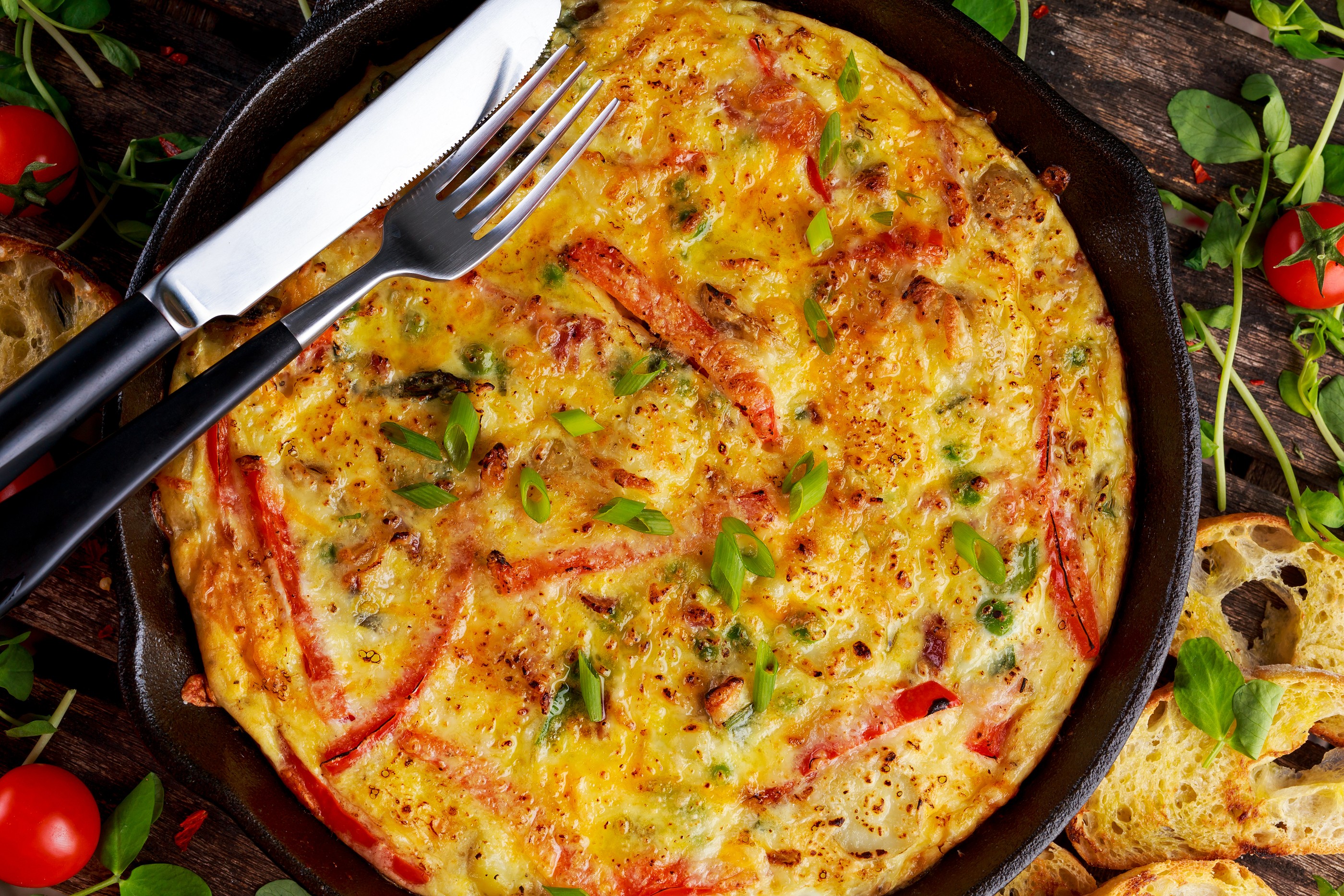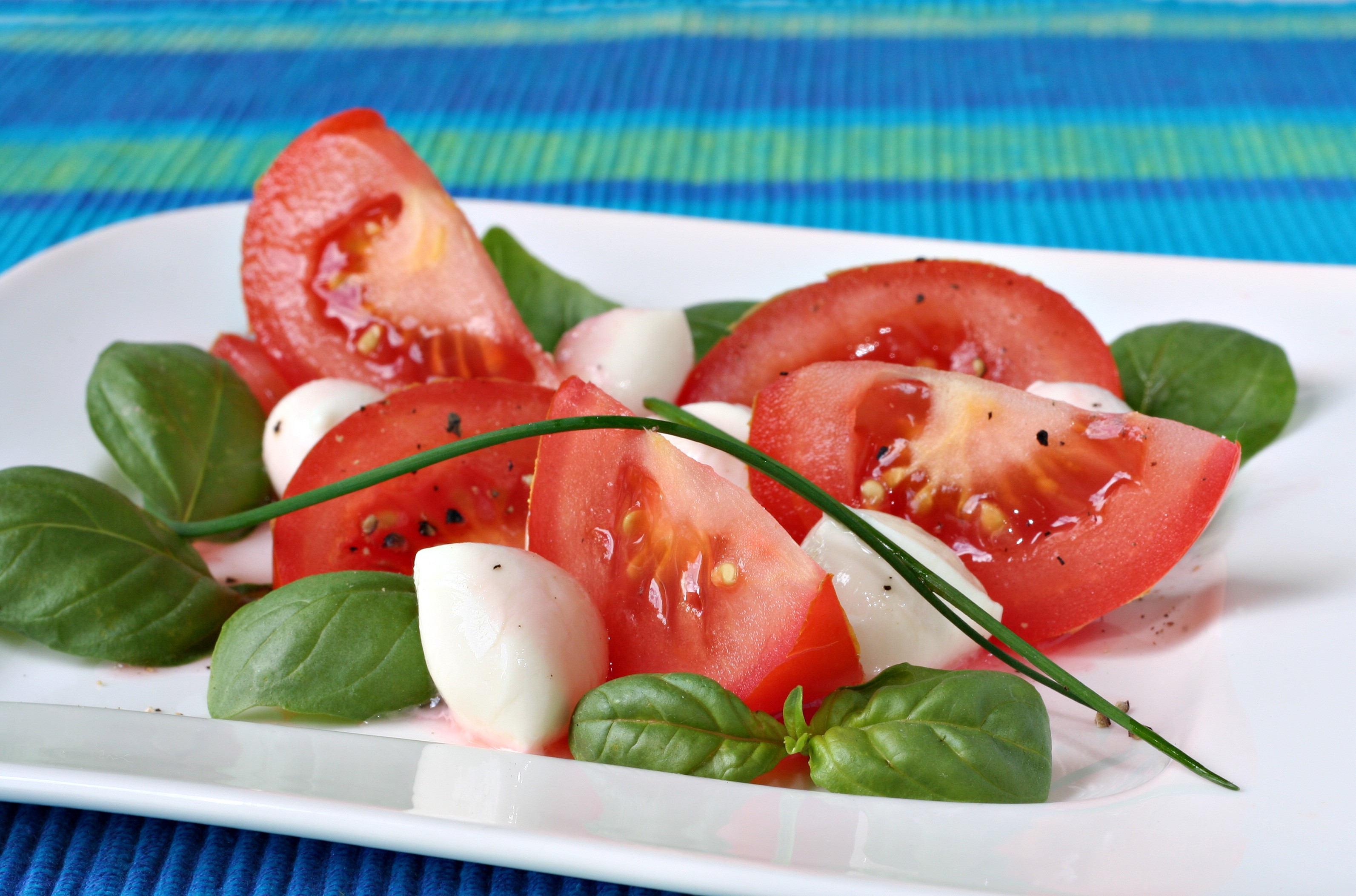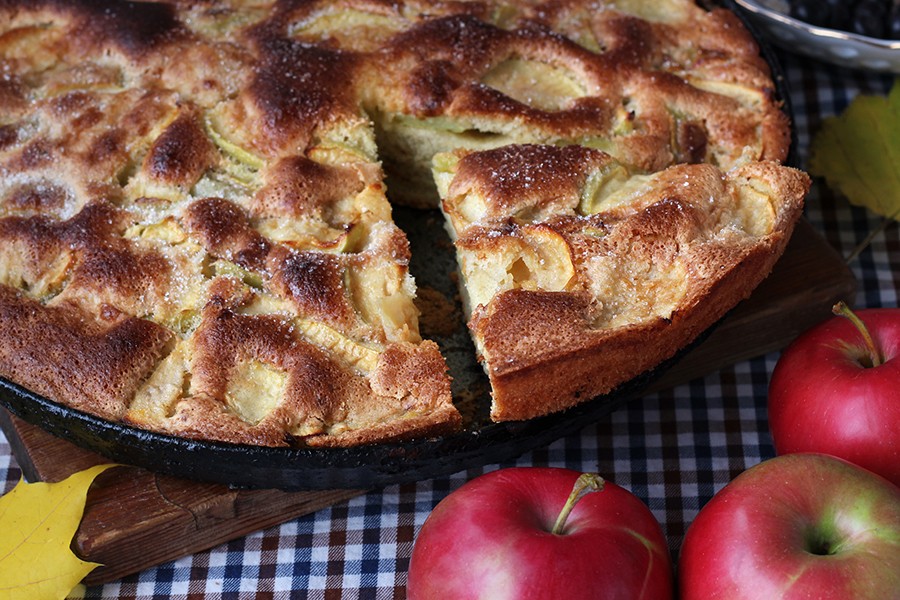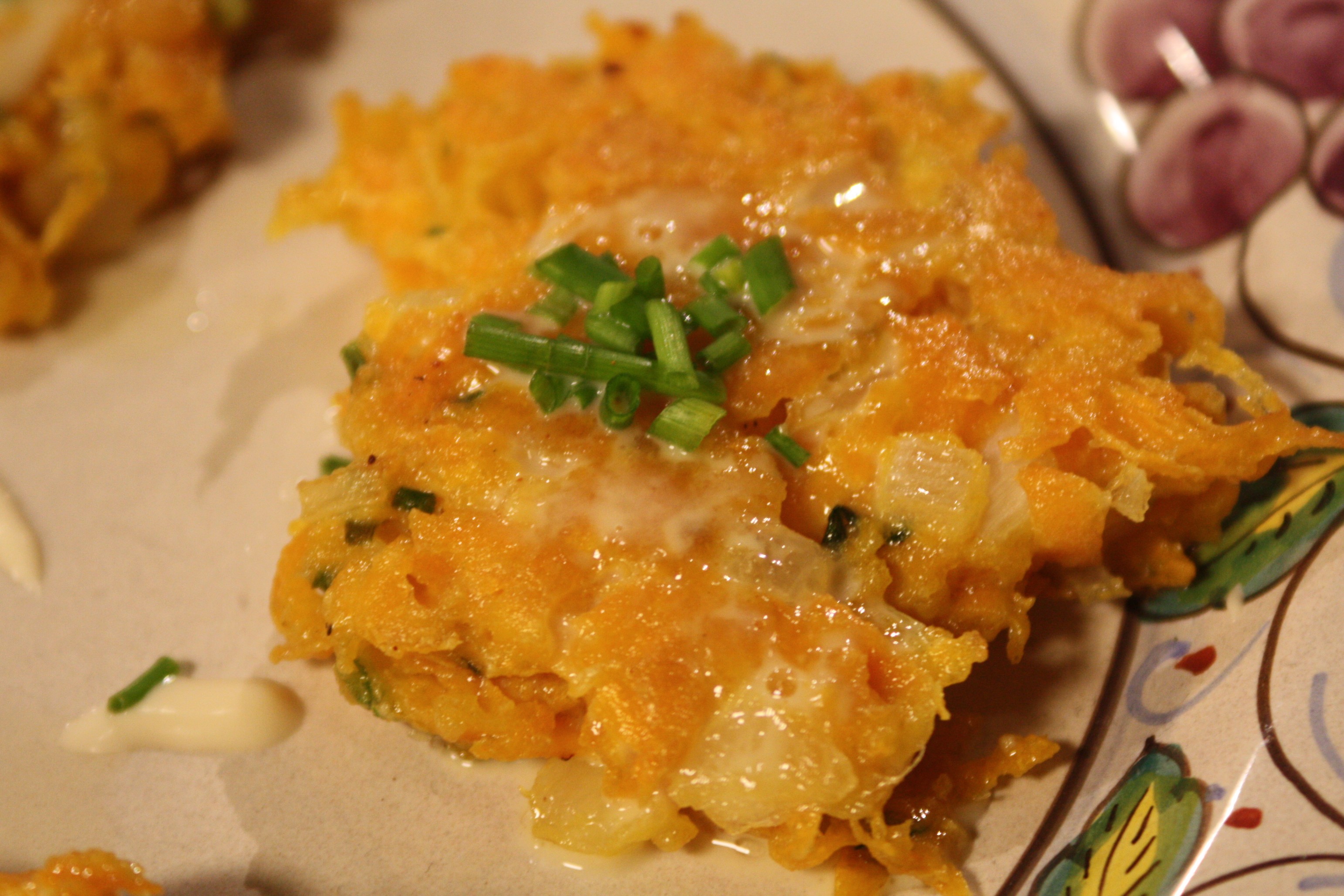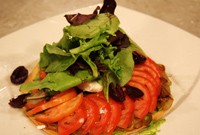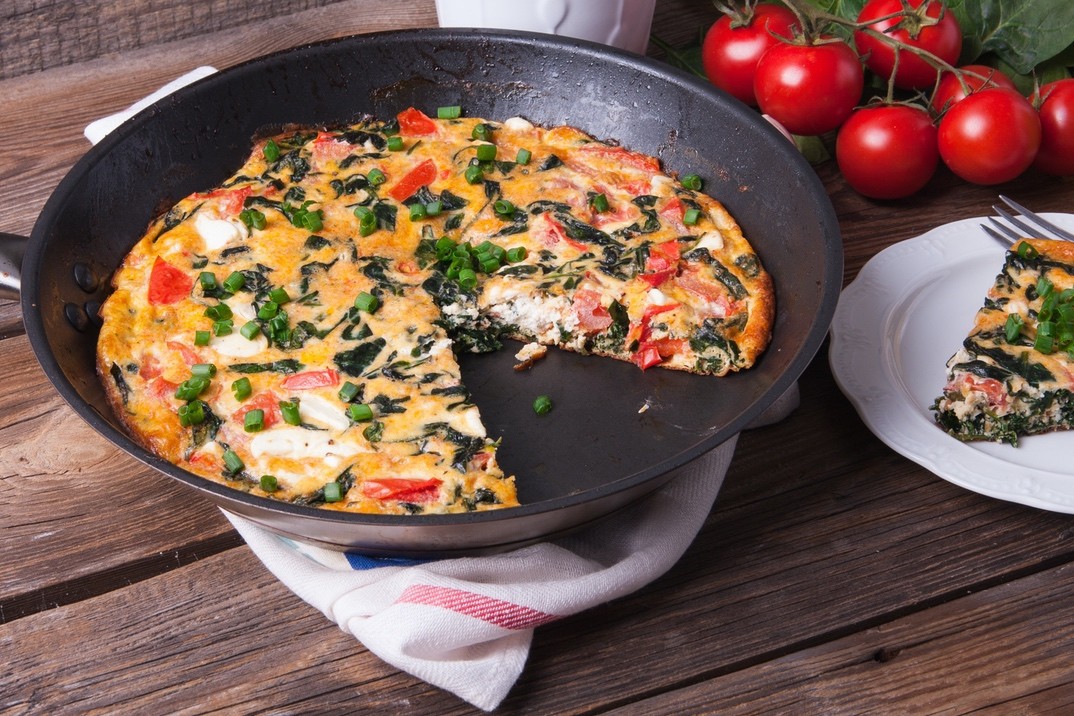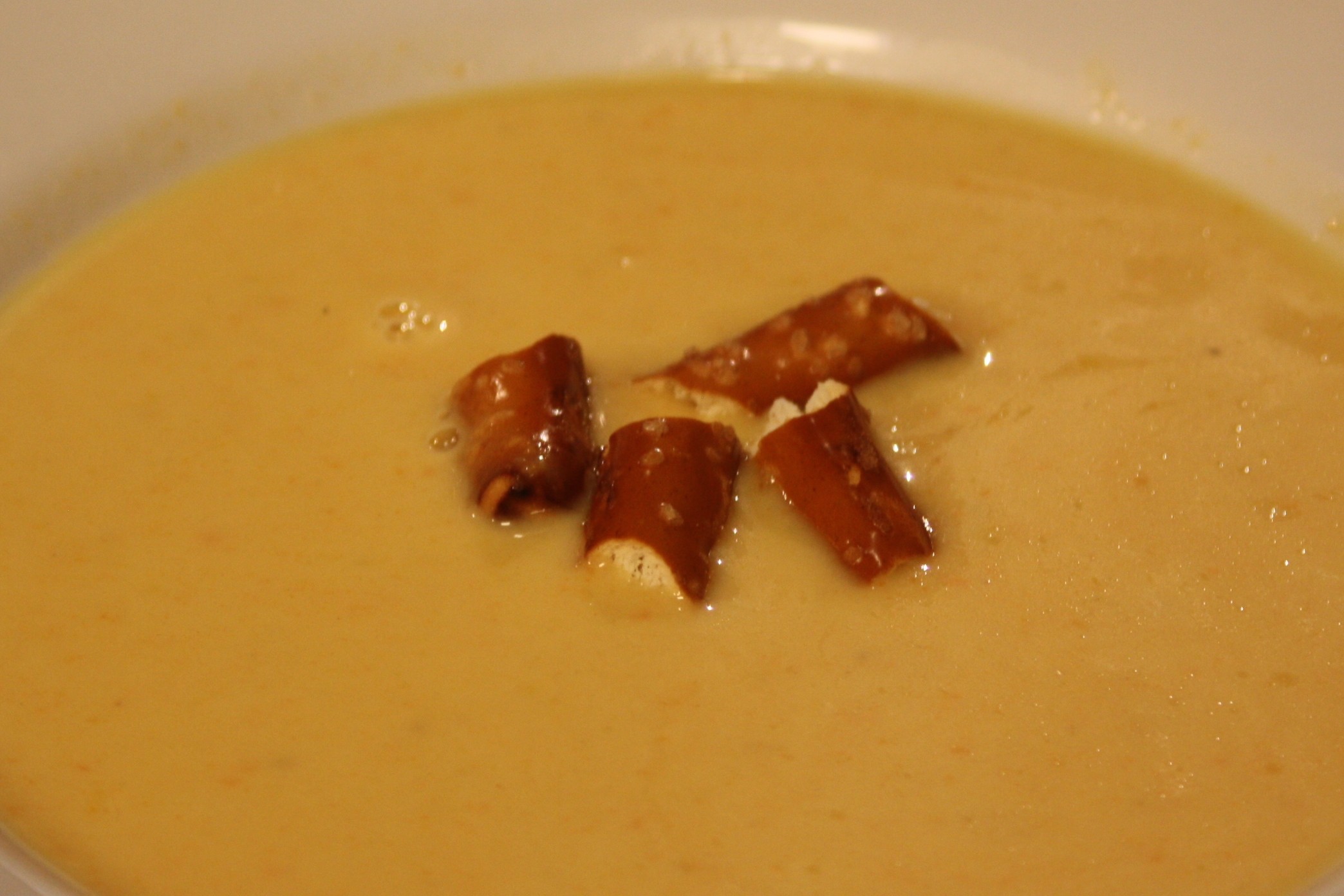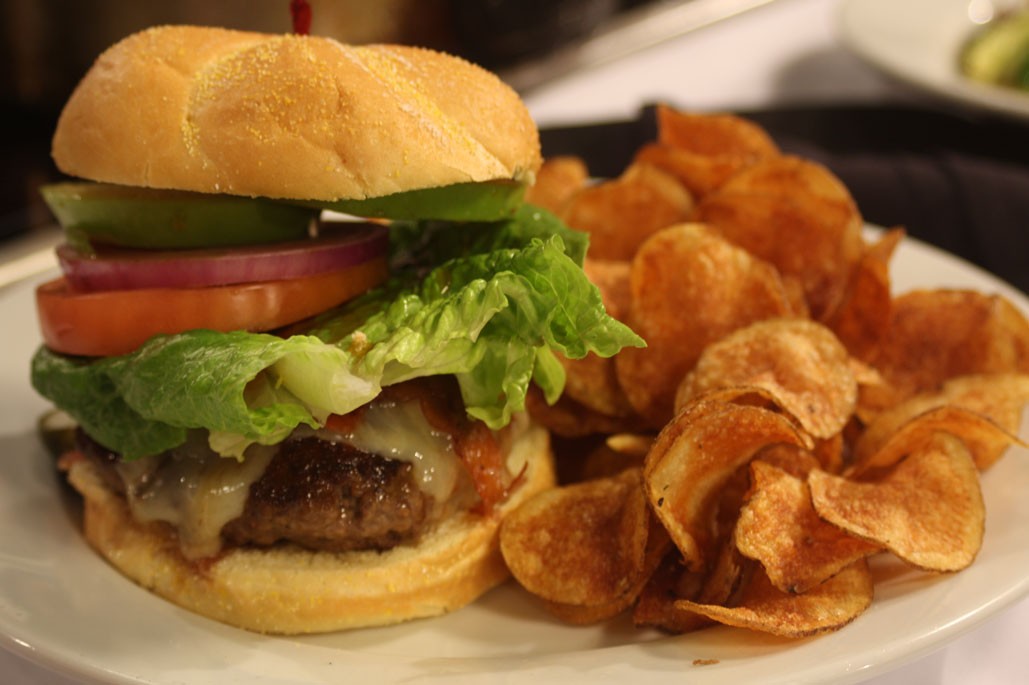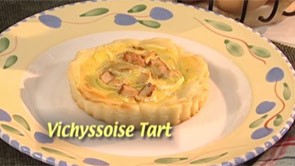Eggs, Cheese & Dairy
Cornbread is a quick bread made with cornmeal, associated with the cuisine of the Southern United States, with origins in Native American cuisine. Dumplings and pancakes made with finely ground cornmeal were staple foods of the Hopi people in Arizona.
Artichoke is Loaded With Nutrients. Artichokes are low in fat while rich in fiber, vitamins, minerals, and antioxidants. Particularly high in folate and vitamins C and K, they also supply important minerals, such as magnesium, phosphorus, potassium, and iron.
Zucchini is packed with many important vitamins, minerals, and antioxidants. It has a high fiber content and a low calorie count. Fiber plays an important role in digestion and may limit the likelihood of suffering from a variety of GI issues.
One of the earliest versions of french toast has been traced back to the Roman Empire. The name “french toast" was first used in 17th-century England. The recipe — and name — were brought to America by early settlers. In France, the dish is called “pain perdu," meaning “lost bread." Why lost bread? from stale bread in order to make use of bread that would otherwise have been thrown away.
Cauliflower is a cruciferous vegetable that is naturally high in fiber and B-vitamins. It provides antioxidants and phytonutrients that can protect against cancer. It also contains fiber to enhance weight loss and digestion, choline that is essential for learning and memory, and many other important nutrients.
Broccoli, Brassica oleracea, variety italica, form of cabbage, of the mustard family (Brassicaceae), grown for its edible flower buds and stalk. Native to the eastern Mediterranean and Asia Minor, sprouting broccoli was cultivated in Italy in ancient Roman times and was introduced to England and America in the 1700s.
One of the earliest versions of French toast has been traced back to the Roman Empire. The name “French toast" was first used in 17th-century England. The recipe — and name — were brought to America by early settlers. In France, the dish is called “pain perdu," meaning “lost bread." Why lost bread? from stale bread in order to make use of bread that would otherwise have been thrown away.
Crab cakes have a long history, originating in Maryland. Our access to fresh and delicious blue crabs make Maryland crab cakes the epitome of patty-shaped seafood dishes.
Egg drop soup is a Chinese soup of wispy beaten eggs in chicken broth. Condiments such as black or white pepper, and finely chopped scallions and tofu are optional, but commonly added to the soup. The soup is made by adding a thin stream of beaten eggs to the boiling broth in the final moments of cooking, creating thin, silken strands or flakes of cooked egg that float in the soup
IS EGG DROP SOUP HEALTHY? Yes. It's very low calorie and packed with protein! One bowl of soup (about 1 cup) is only 71 calories
Why is Eggnog a Christmas Tradition?
As young America was an agricultural country, there were lots of farms, which meant lots of dairy animals and chickens, which meant lots of milk and eggs. Eggs + milk + booze = eggnog. Journals and diaries from back then reveal that eggnog was a Christmas tradition.
Shakshuka is a staple dish at any Israeli breakfast – whether you're in a restaurant or at home – and it's considered a significant competitor to falafel and hummus for the title of 'best Israeli dish'. ... The dish's name, shakshuka, essentially means 'all mixed up' – and that's what it really is.
Mexico
Of all the peoples introduced to this dessert, the Spanish were particularly taken with it (and were the first to top it with a sweet caramel sauce). Like the Romans before them, the Spaniards brought flan to new lands, when in 1518, the famous conquistador Hernán Cortés landed in the Yucatan Peninsula of Mexico.
Hollandaise sauce is a rich, buttery sauce freshened with the lightest touch of lemon. Despite having “Holland” in its name, it's generally agreed among chefs that Hollandaise sauce was first born in France and was originally known as Sauce Isigny, named after a small town in Normandy famous for its butter and cream.
Inspired by family recipes, Cal Hancock and executive chef Kevin Messier develop and test new combinations to create the highest quality products for our customers. After many rounds of revisions, the recipes are tested by our entire staff and a select group of our loyal customers to ensure the taste meets our gourmet standards.
Mayonnaise was invented in 1756 by the French chef of the Duc de Richelieu. After the Duc beat the British at Port Mahon, his chef created a victory feast that was to include a sauce made of cream and eggs.
Grits are a staple Southern American dish made from ground, dried corn and particularly rich in iron and B vitamins. Stone-ground varieties are more nutritious, as they undergo less processing than quick, regular, or instant types. Though grits are fairly healthy, they're typically served with high-calorie ingredients.
In Italian, prosciutto simply translates to “ham.” There is prosciutto crudo, a raw, cured ham, and prosciutto cotto, or cooked ham. The origins of prosciutto crudo date back to pre-Roman times. In Italy, villagers originally began to dry-age pork legs to extend their meat supply during the long winters.
Plenty of black beans, salsa and chopped fresh vegetables mean a healthy amount of dietary fiber in this Tex-Mex layered dip. We use reduced-fat sour cream along with full-fat (and full-flavored) cheese to make the dip lighter without compromising great taste. Be sure to have lots of baked tortilla chips on hand when you serve it.
The frittata is an open faced vegetable omelet of Spanish and Italian origin. The Sicilians brought many vegetable versions of this dish to Louisiana in the 1800s.
We are using Beer soup dates back to Medieval Europe. Served for breakfast, old recipes are as simple as beer that's been boiled and thickened with stale bread and egg yolks. It sounds pretty gross. Over time, spices, onion, cheese were added et voila, beer cheese soup was invented. We are using Long Trail Brewing Company Ale.


